In 1968, Ferrari had been on the market as a road car manufacturer for 21 years and was already enjoying massive success. It had already won the Formula One championship and the 24 Hours of Le Mans and launched iconic cars like the 250 GTO, 275 GTB, and the 400 Superamerica. However, the cars were very expensive, and Ferrari was looking for a shot at the more affordable sports car market. And it created the Dino for this exact purpose.
Launched in 1968, the first Dino was called the 206 GT. Powered by a 2.0-liter V-6, it was designed by Pininfarina’s Leonardo Fioravanti and produced until 1969. The Dino was updated in 1969 and renamed the 246 GT. A convertible model called the GTS was also introduced. The original Dino was phased out in 1974, but a redesigned model called the 308 GT4 was launched in 1973 and kept into production until 1980. That’s when the Dino brand was dropped altogether, and Ferrari’s next affordable sports car was called the Mondial.
ferrari-dino-206-gt
- Make: Array
- Model: ferrari-dino-206-gt
1968 - 1969 Ferrari Dino 206 GT
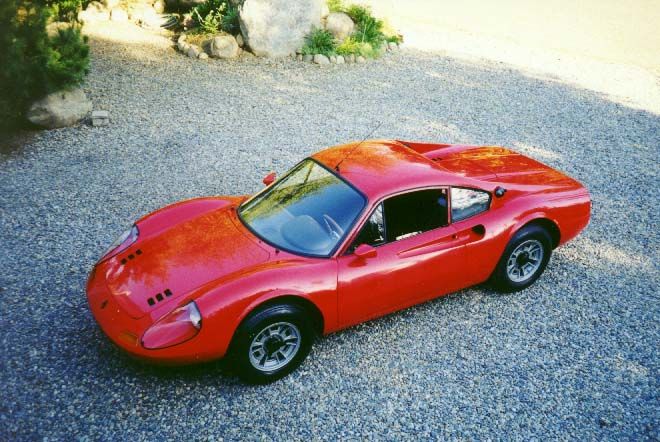

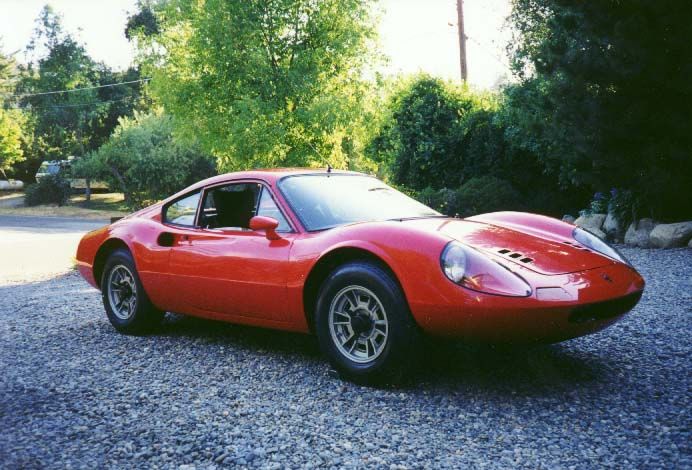
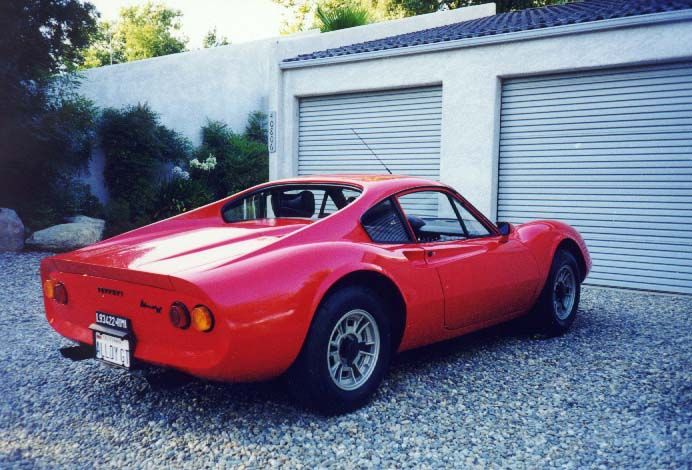
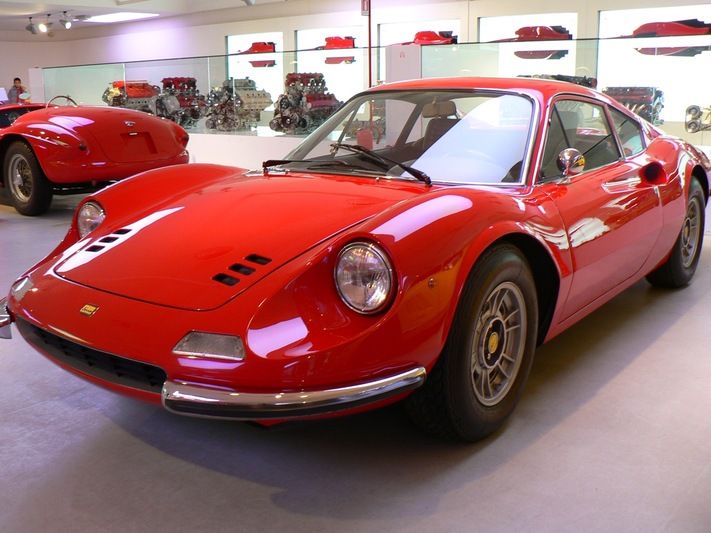
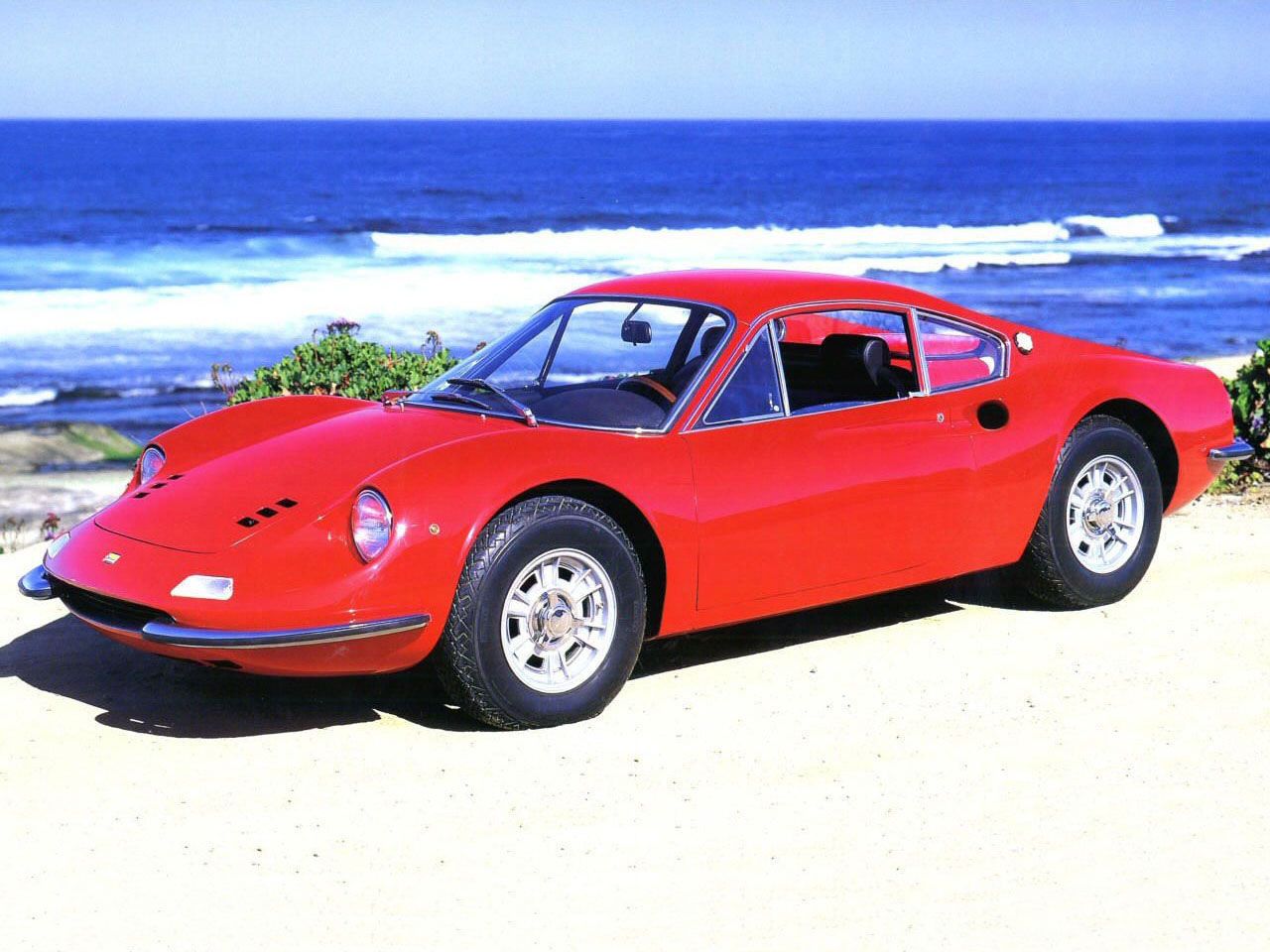
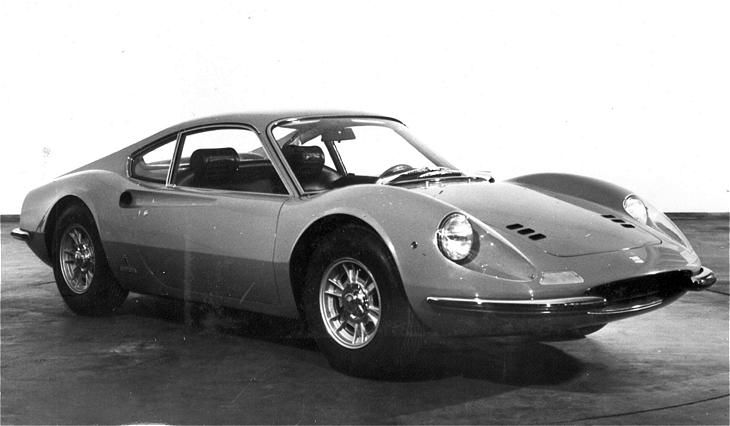
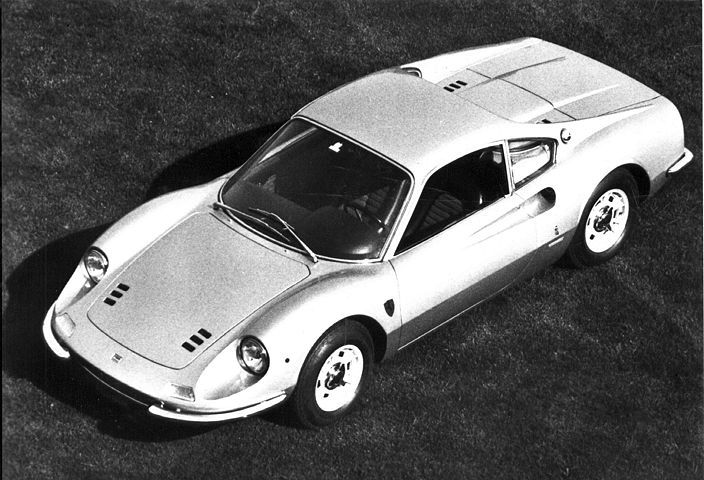
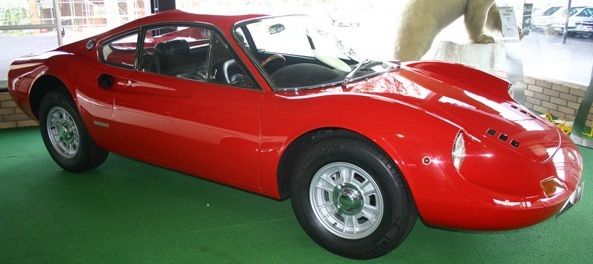
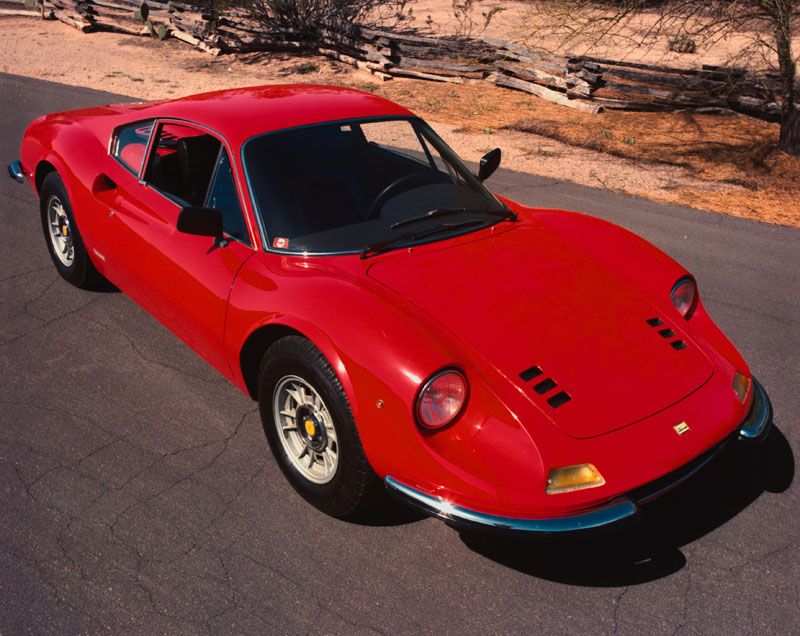
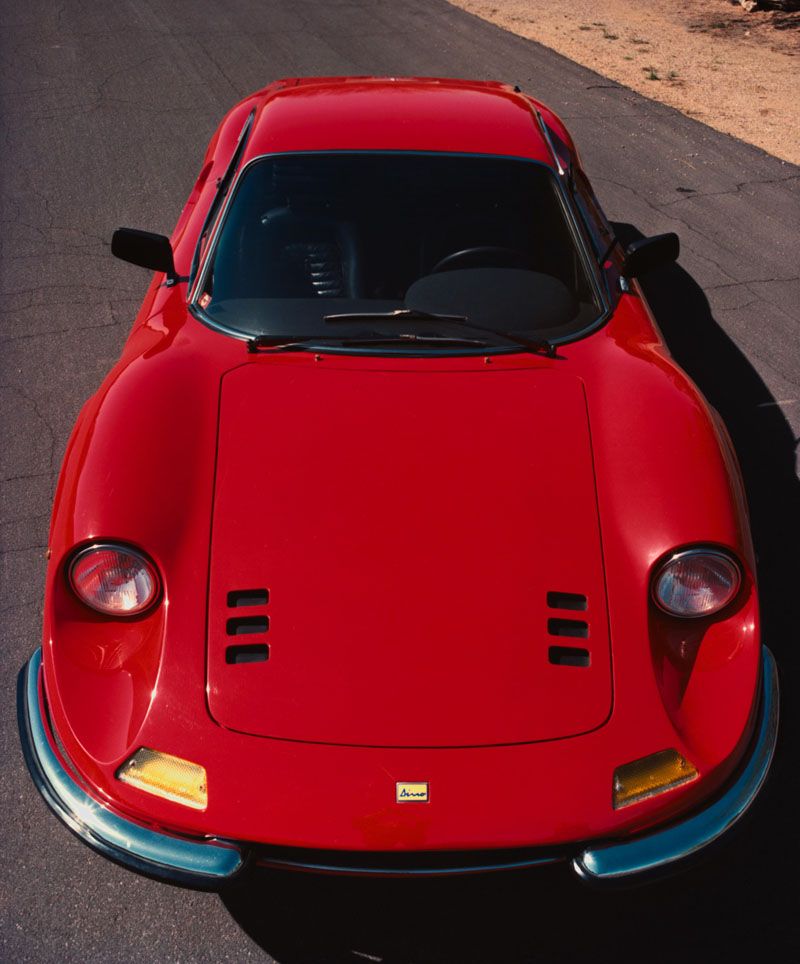
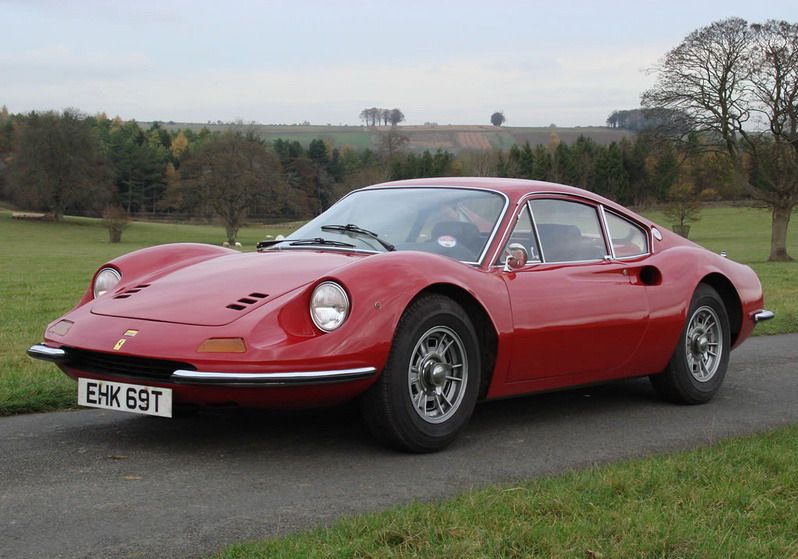
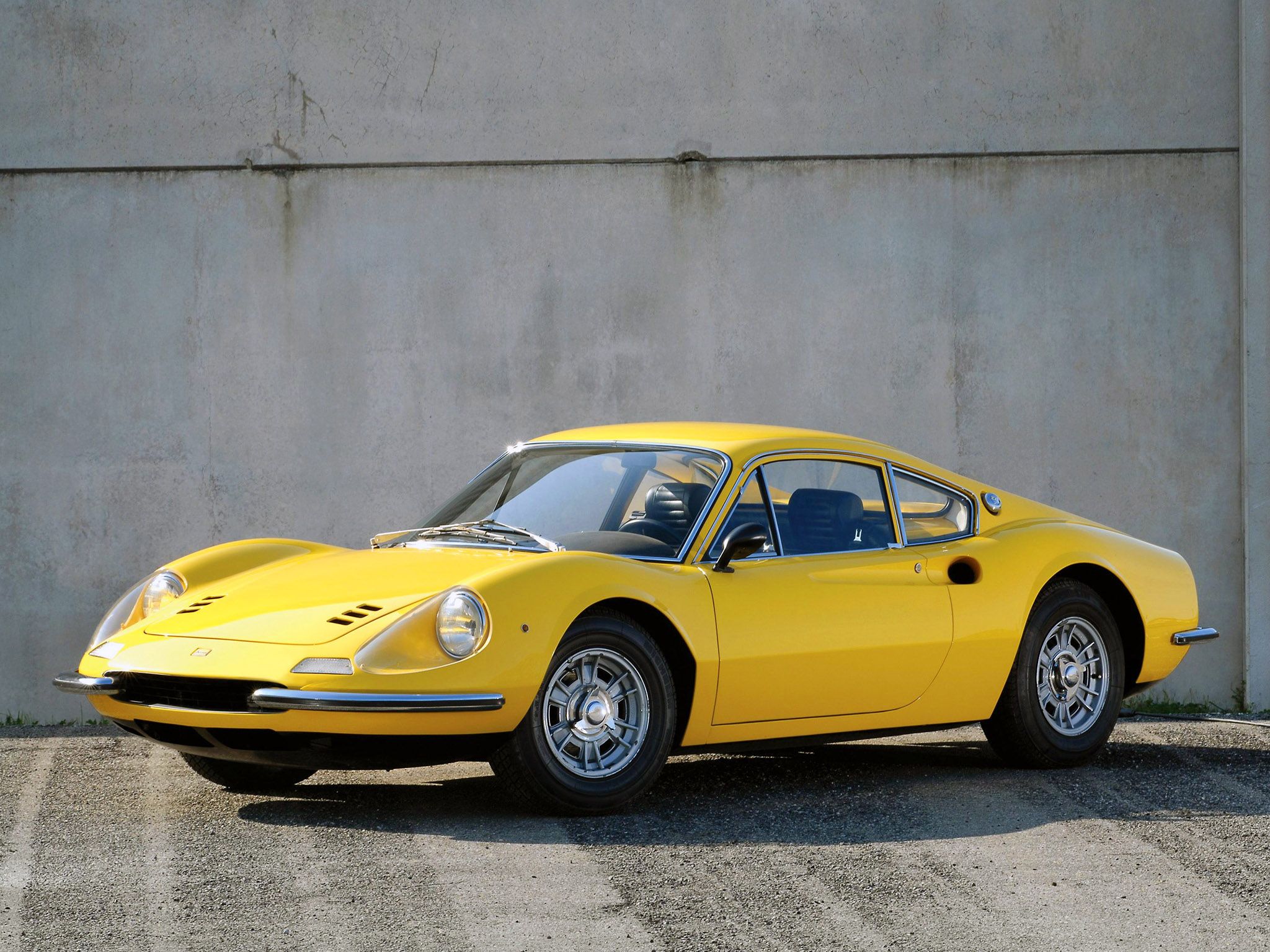
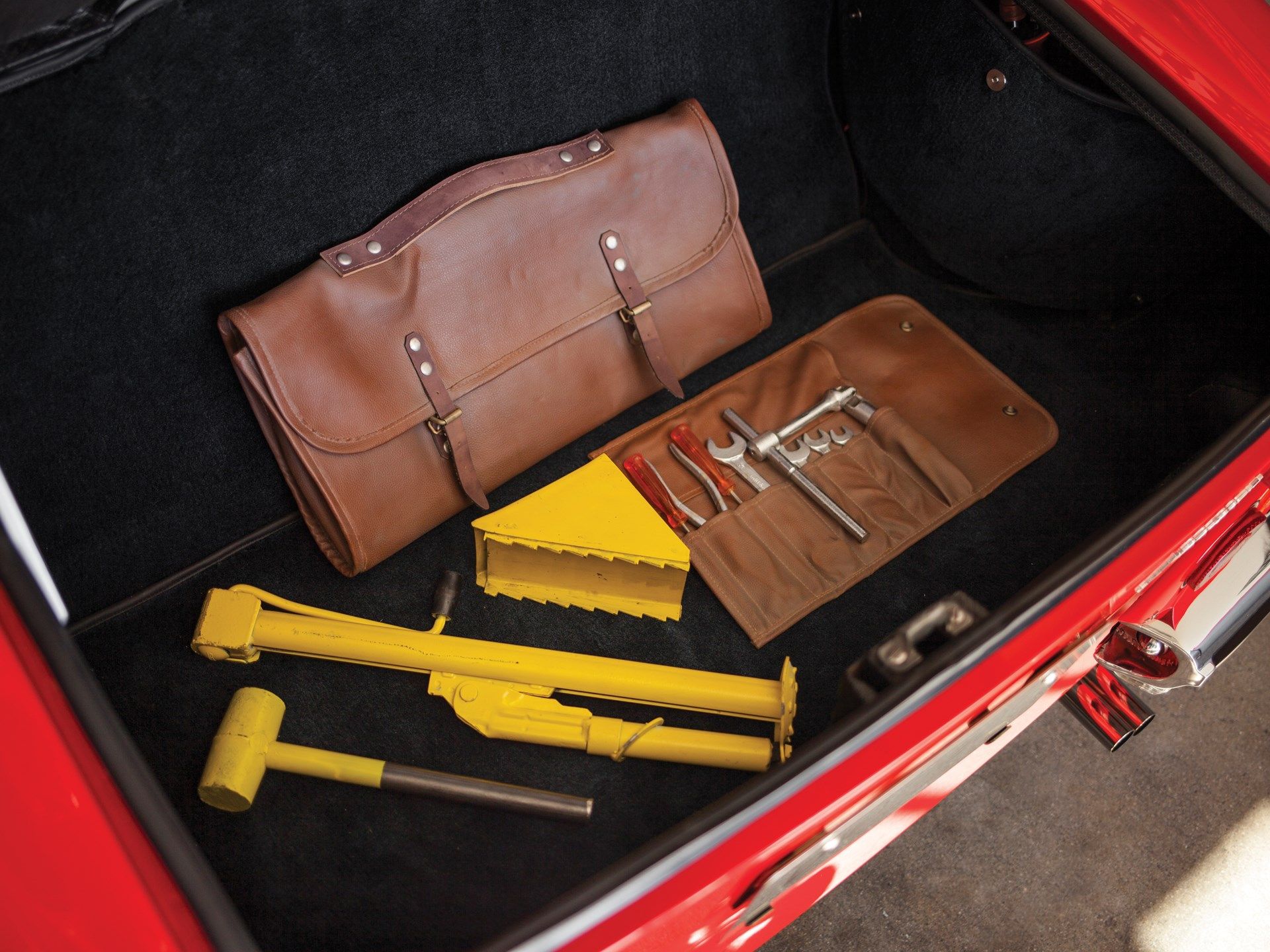
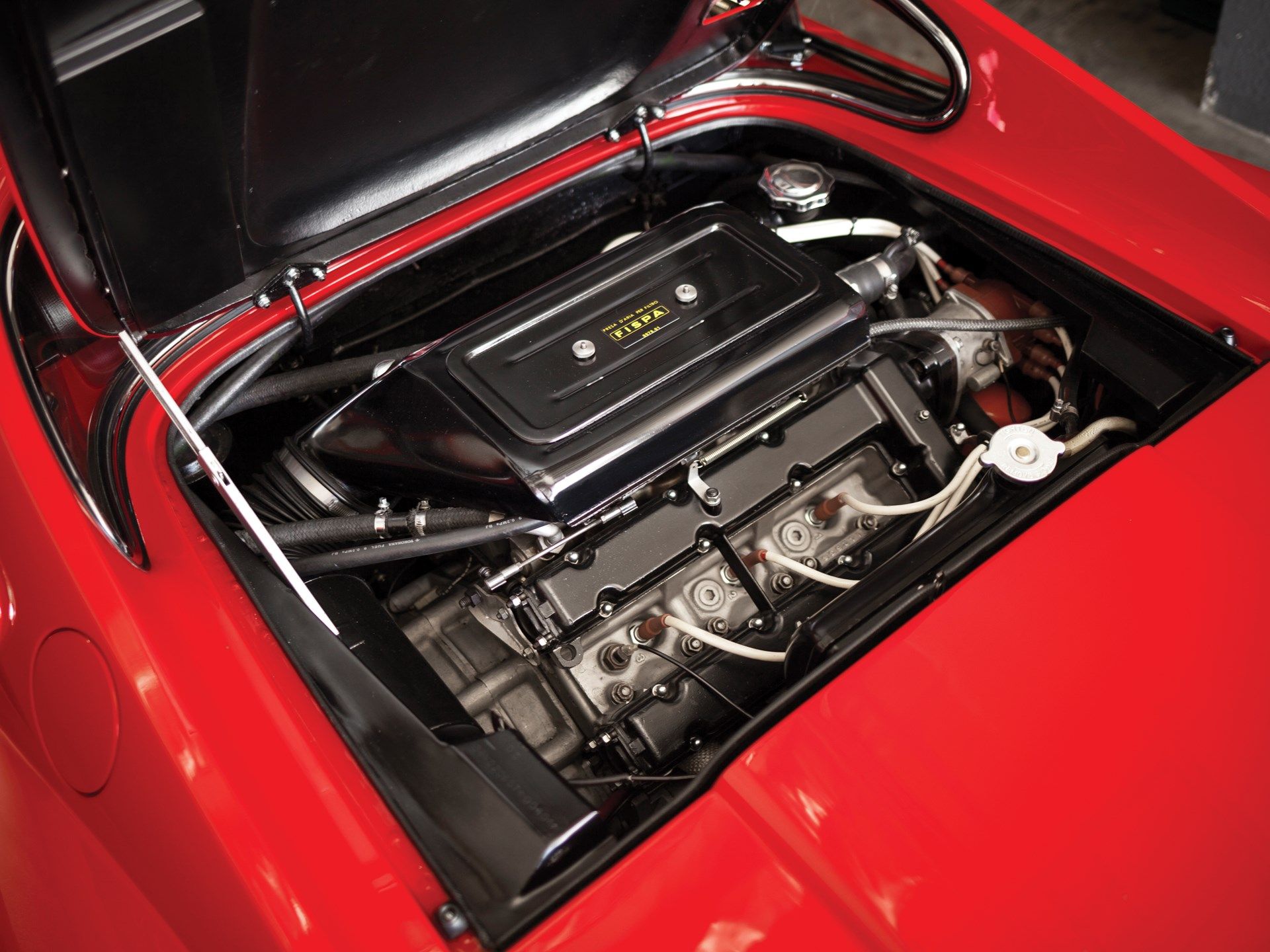
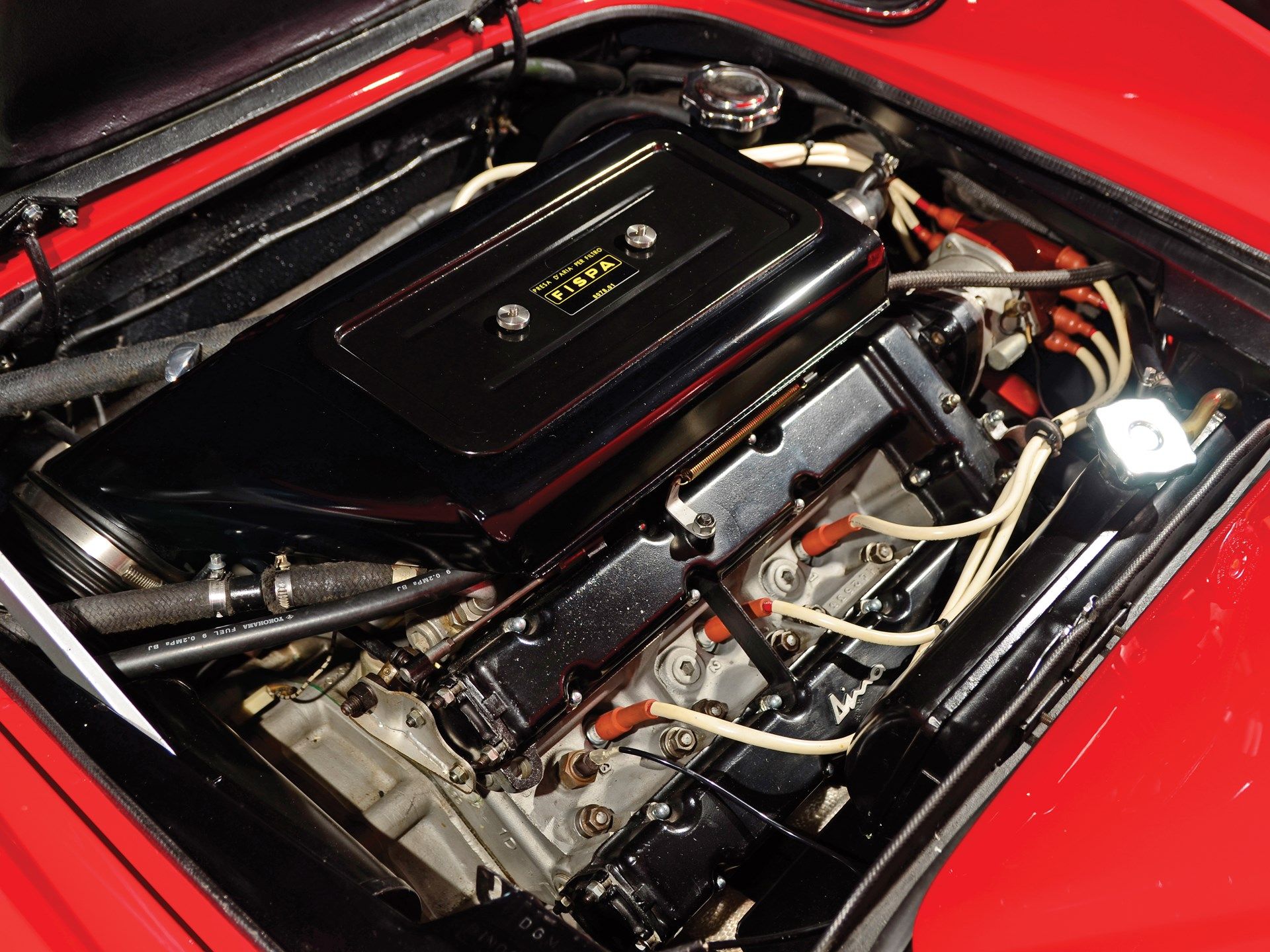
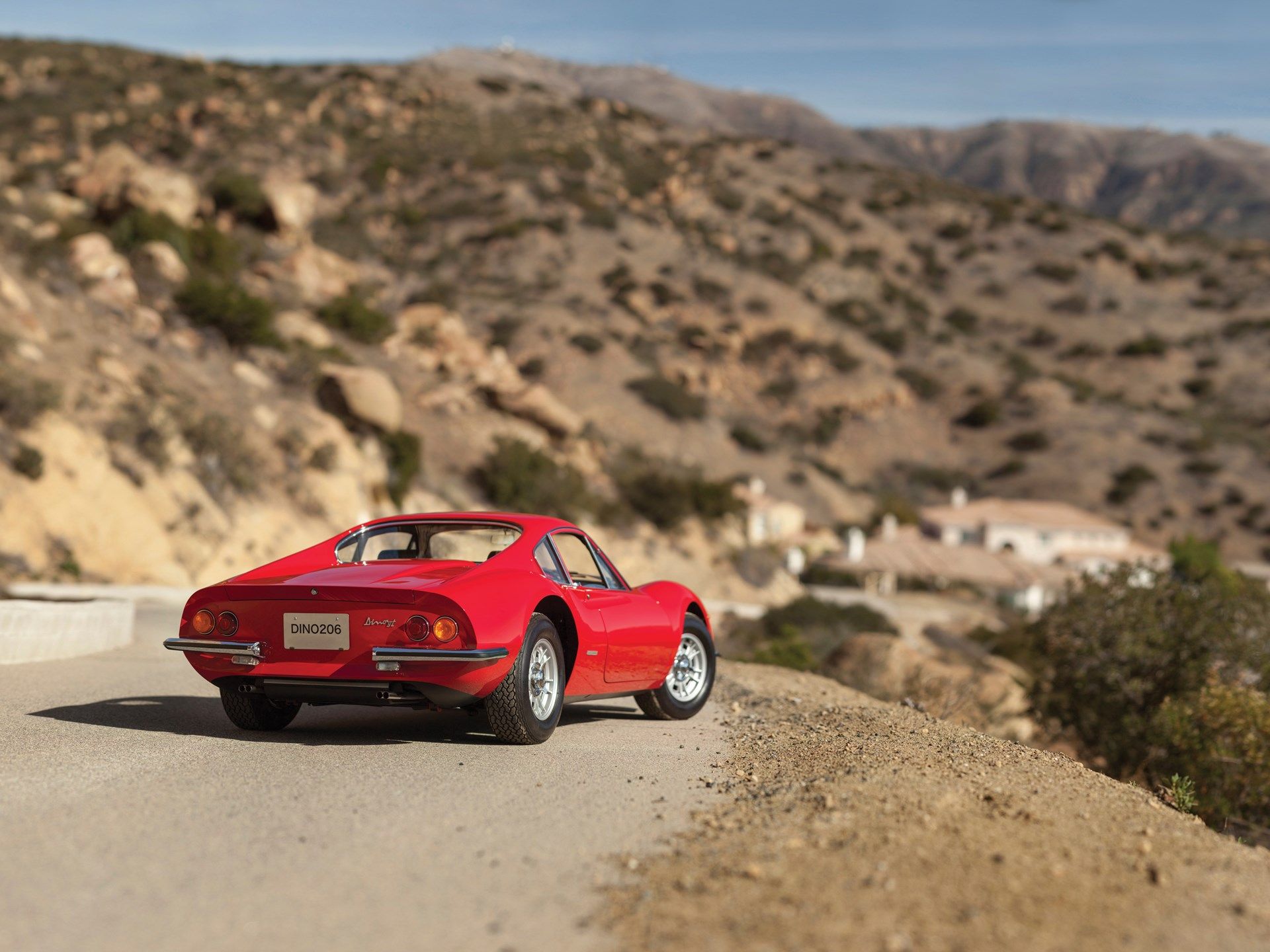
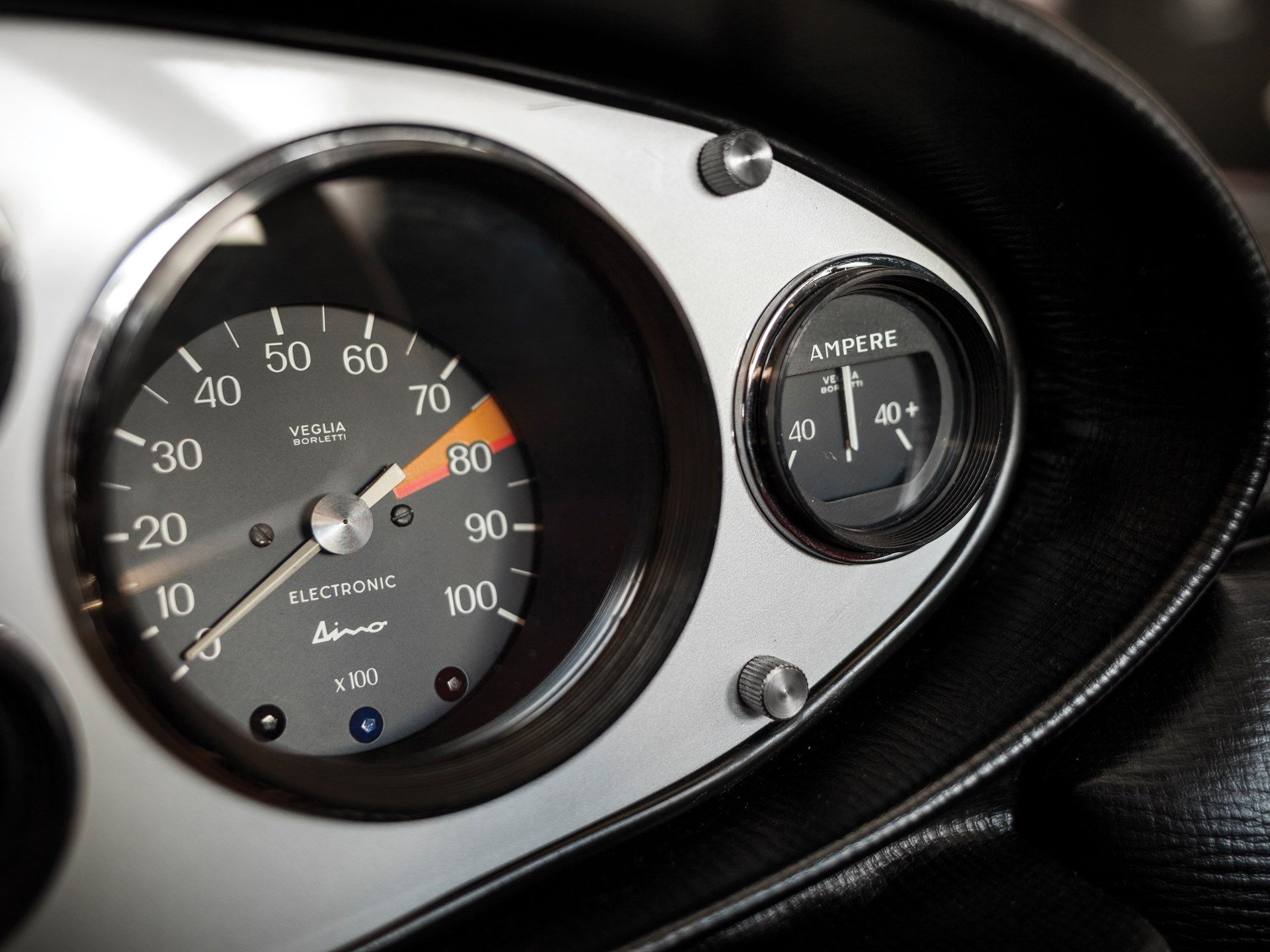
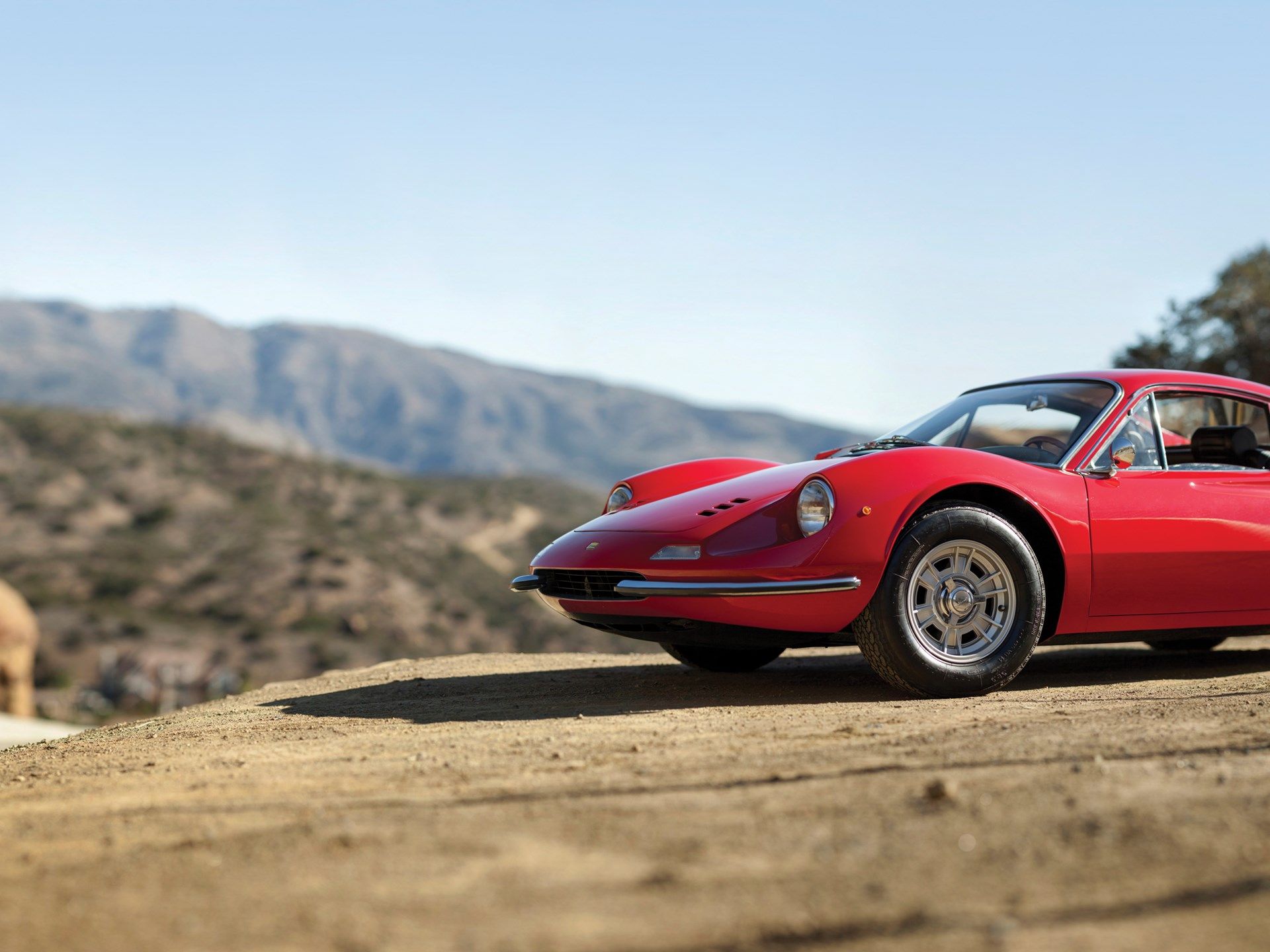
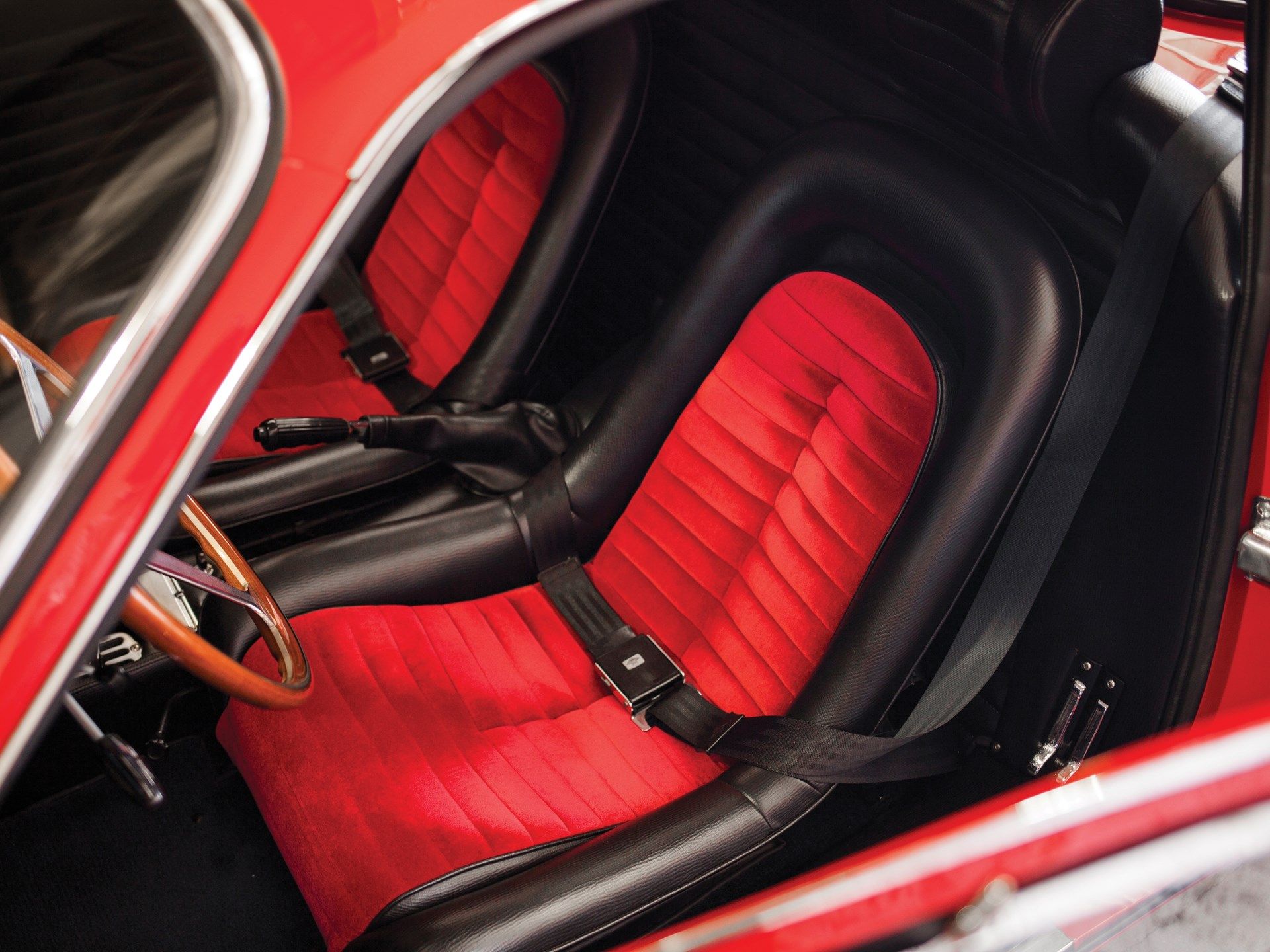
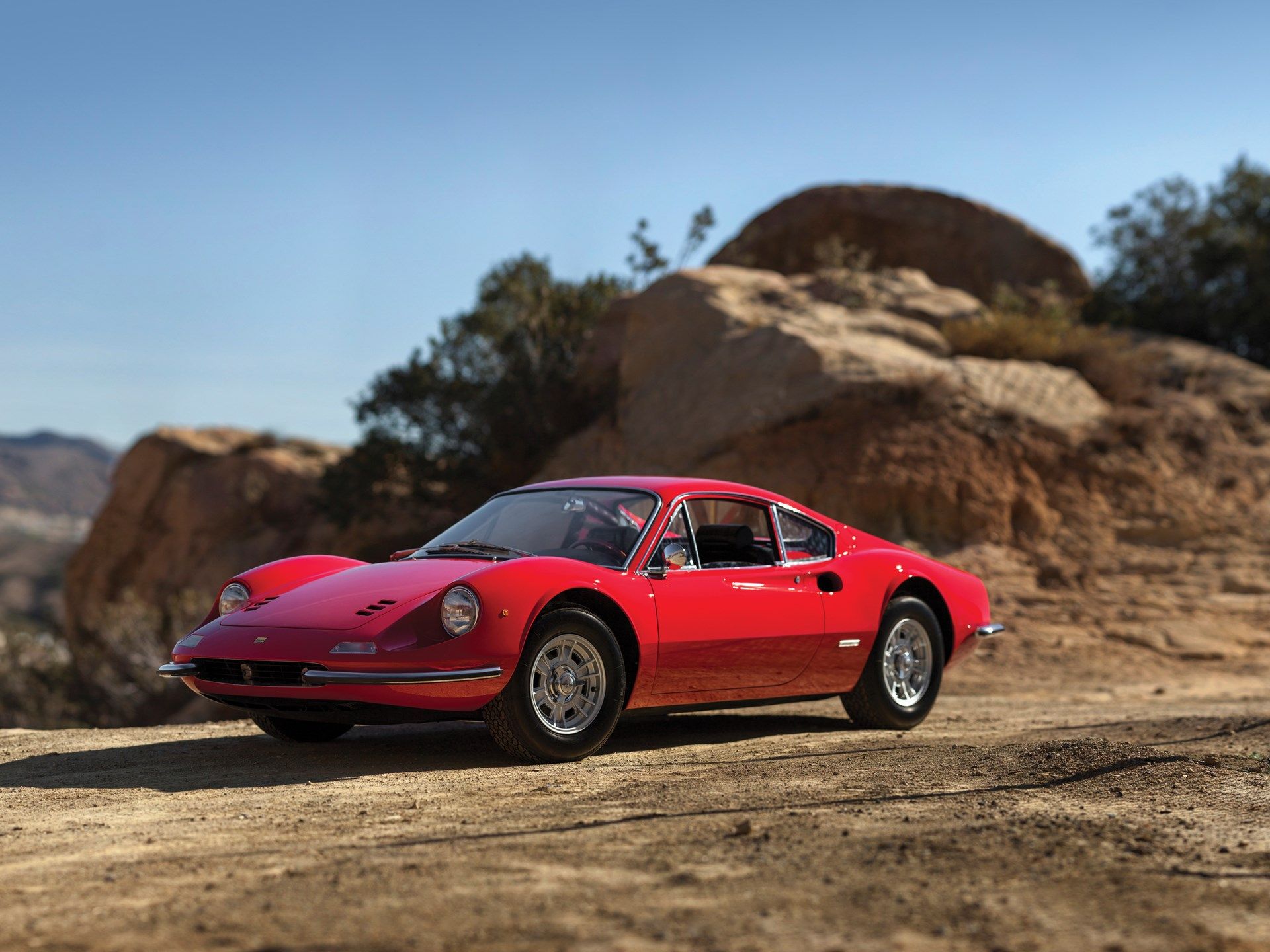
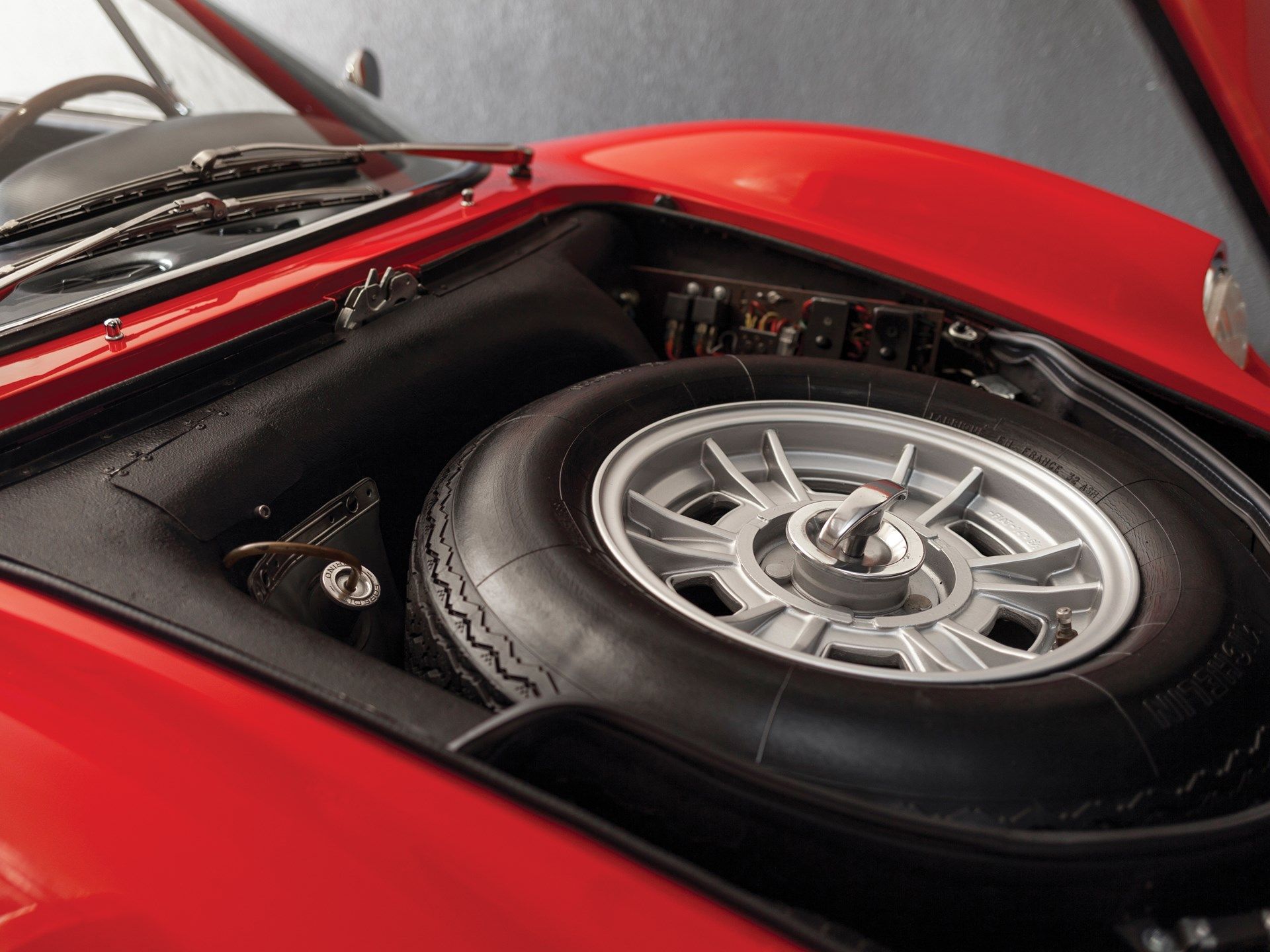
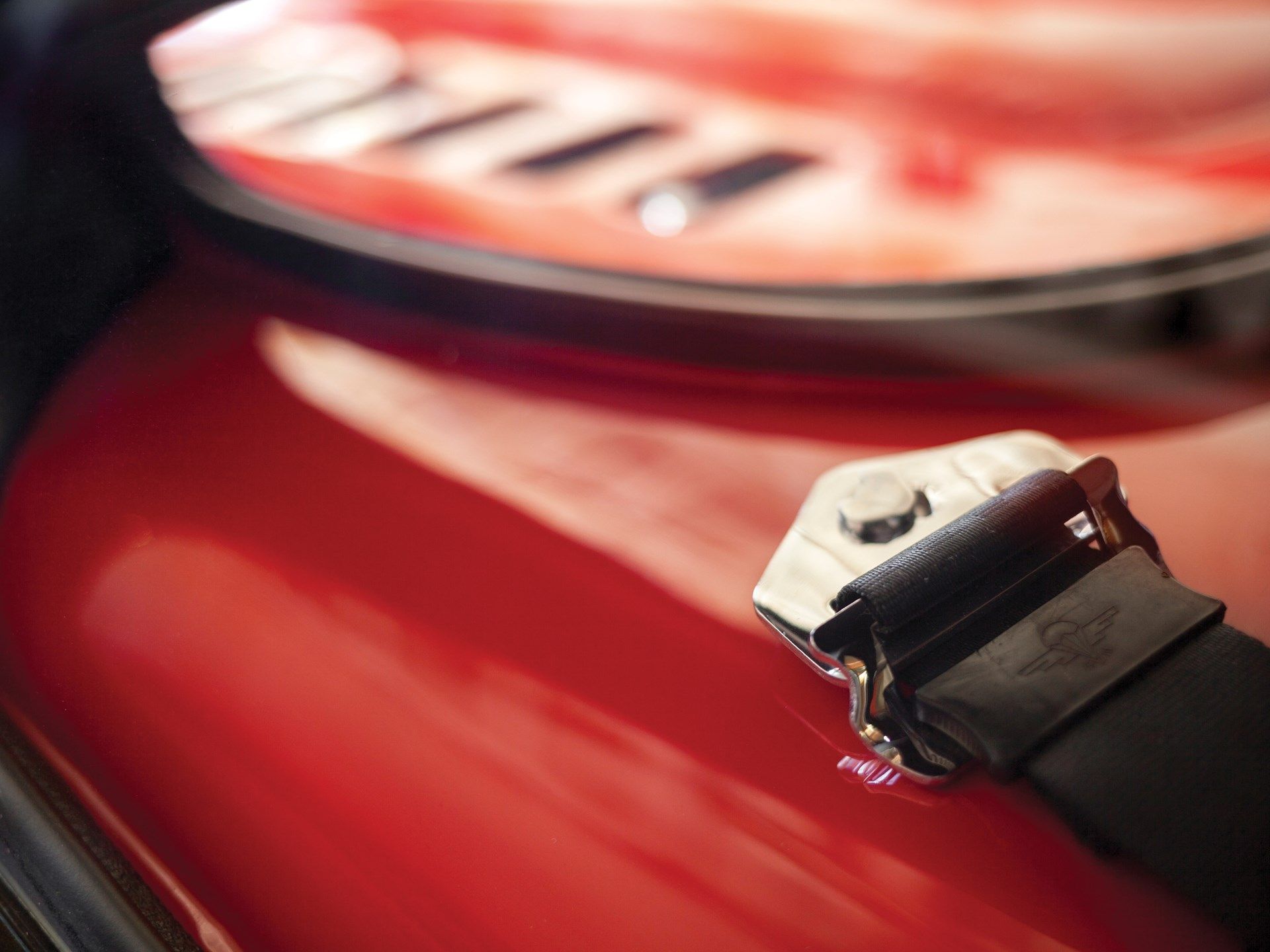
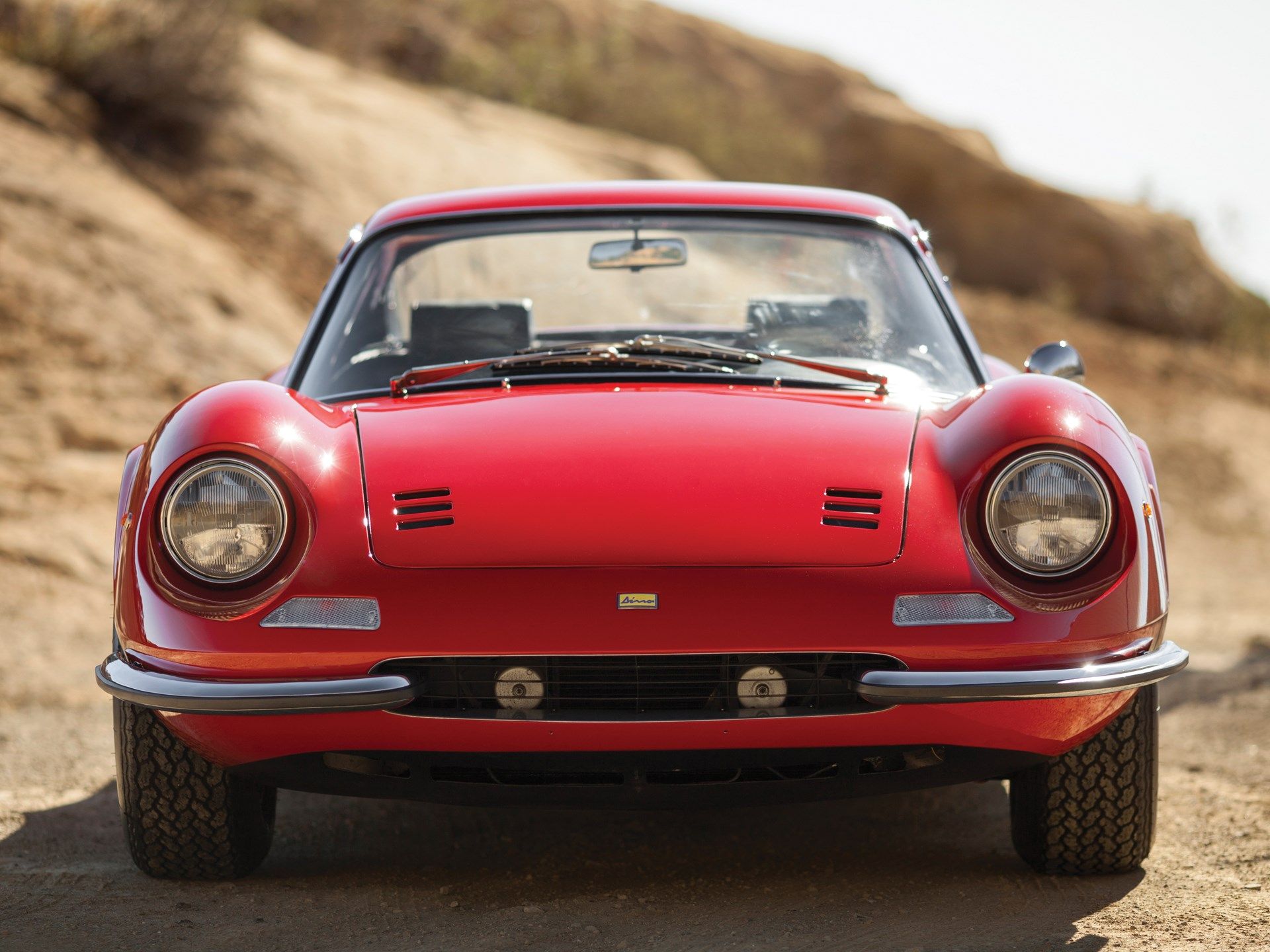
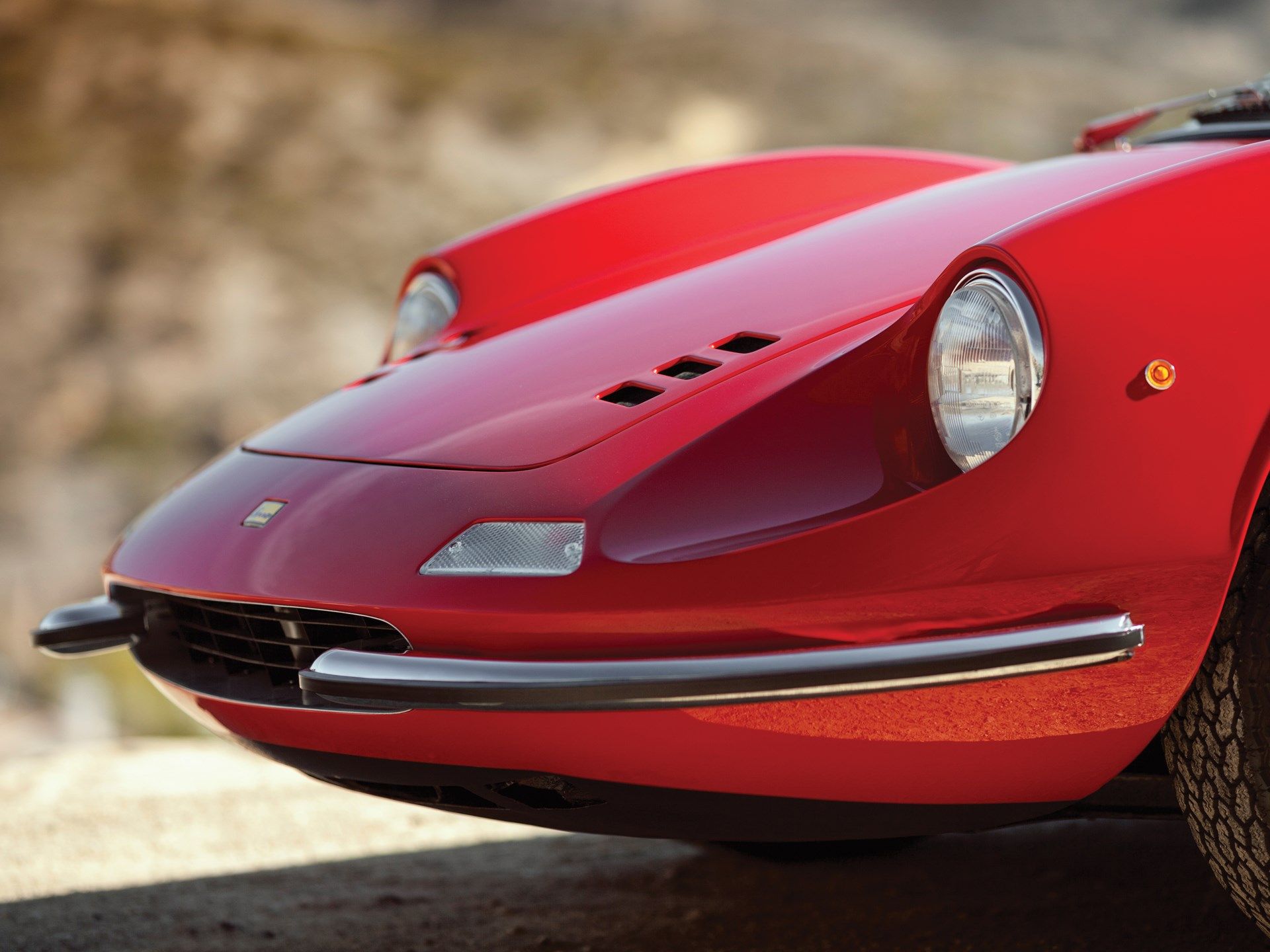
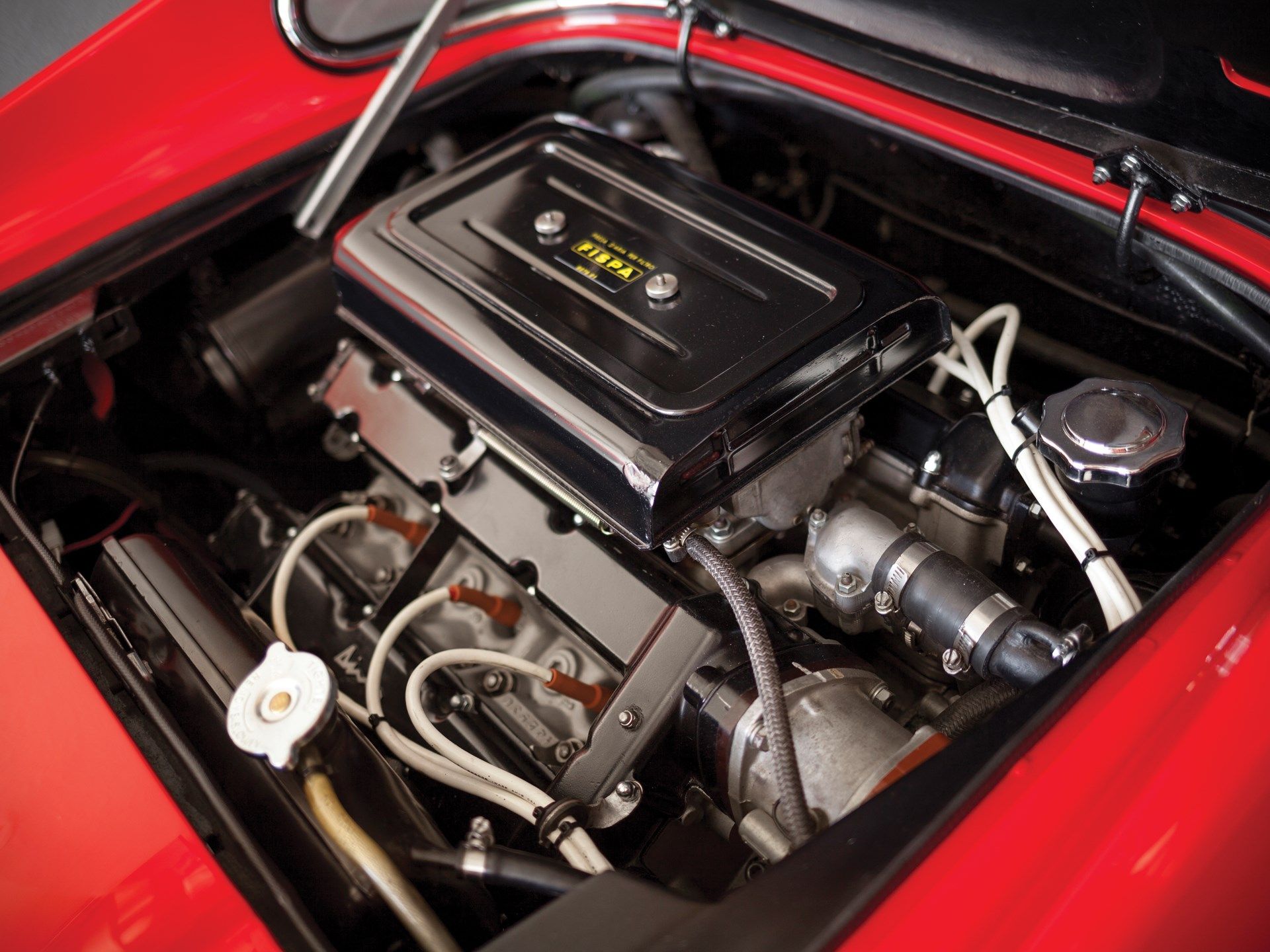
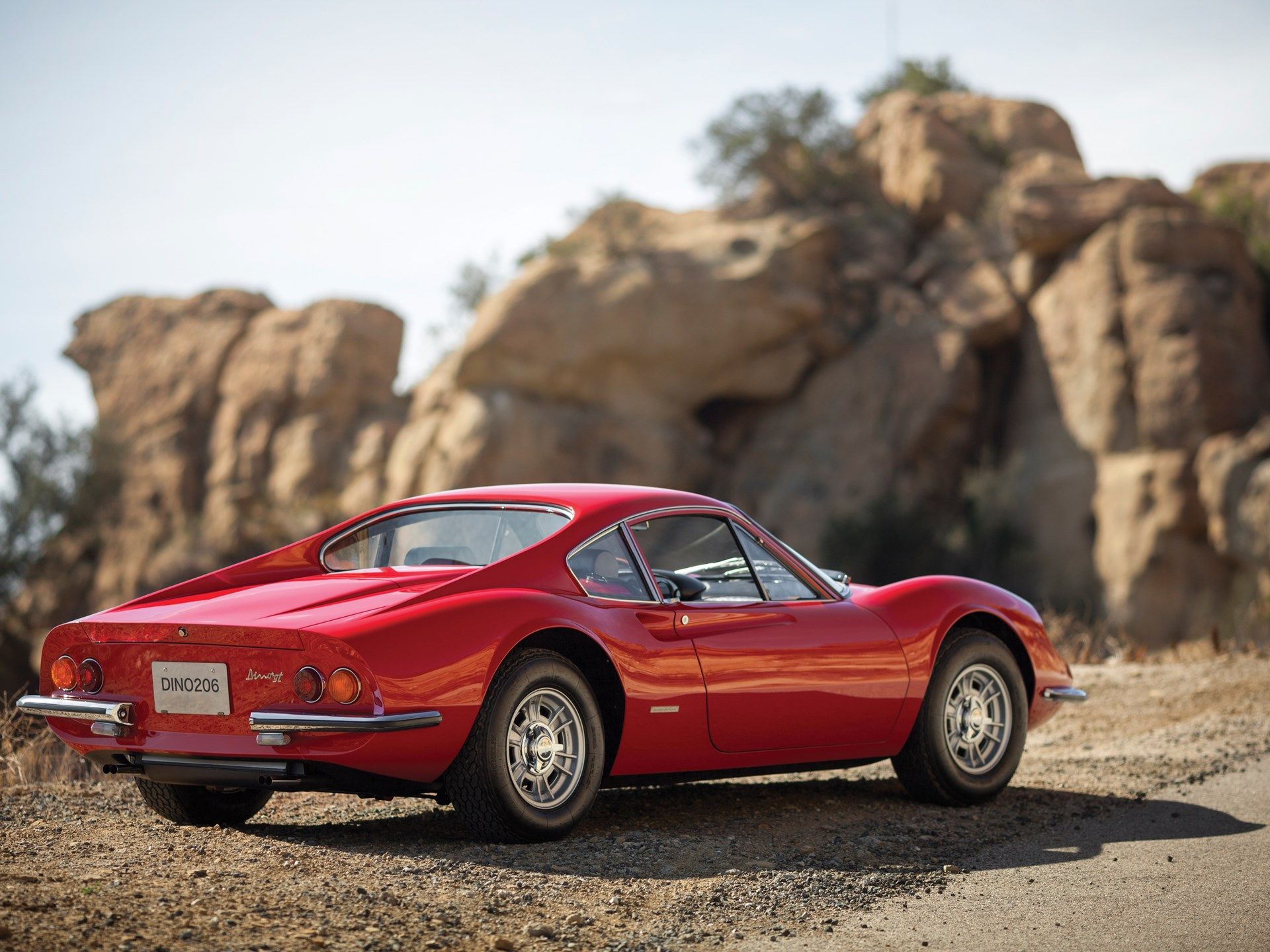
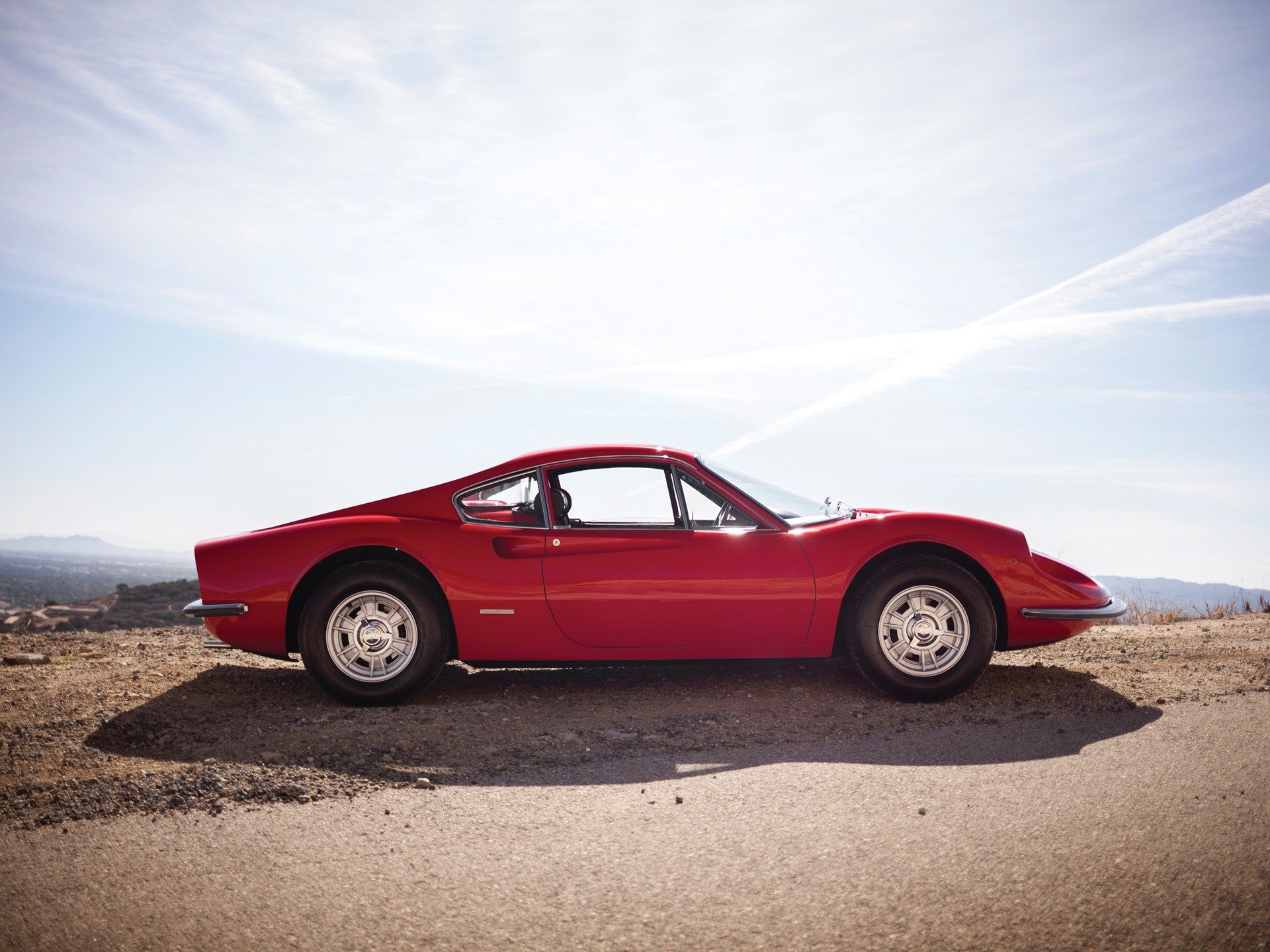
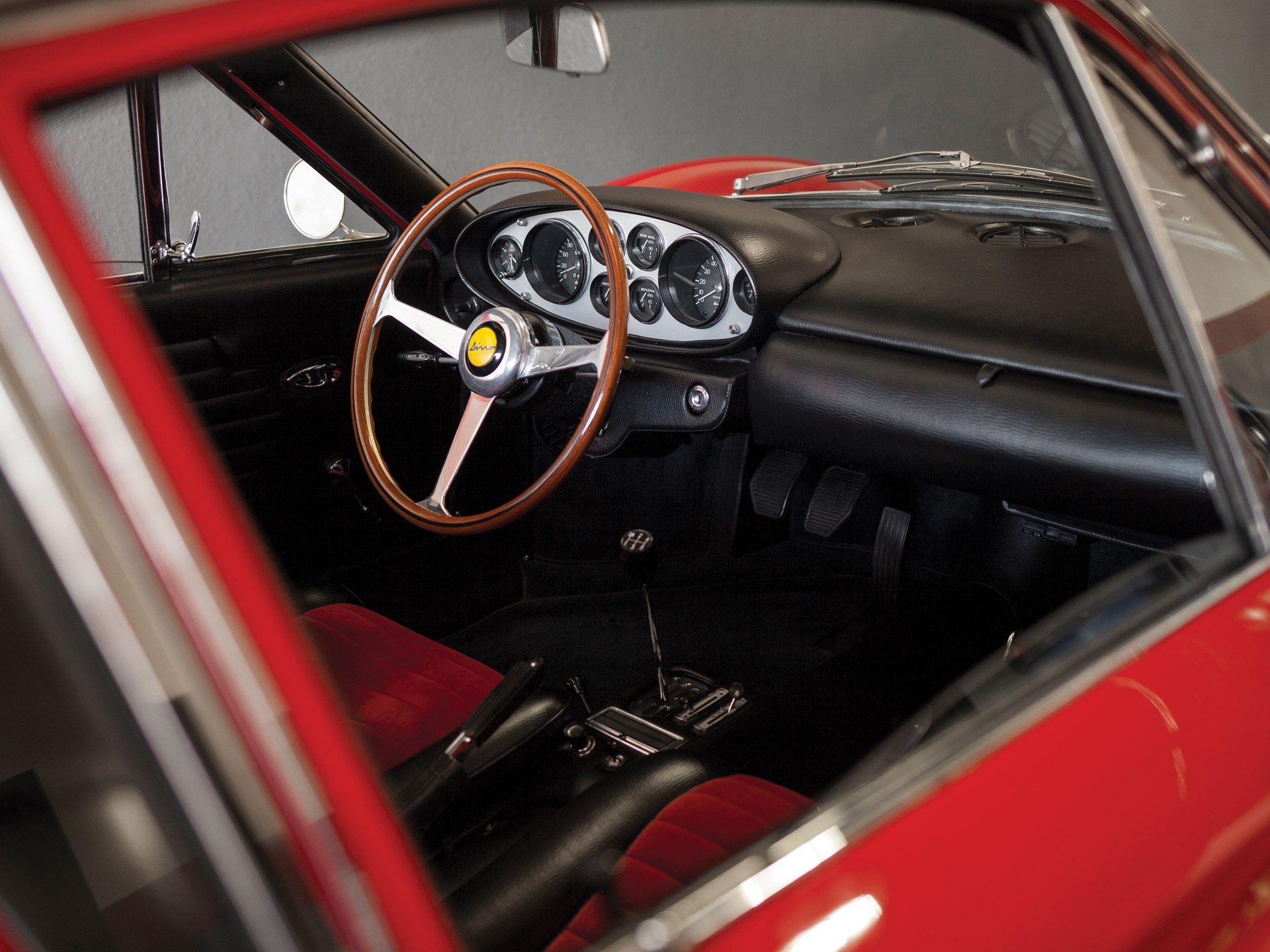
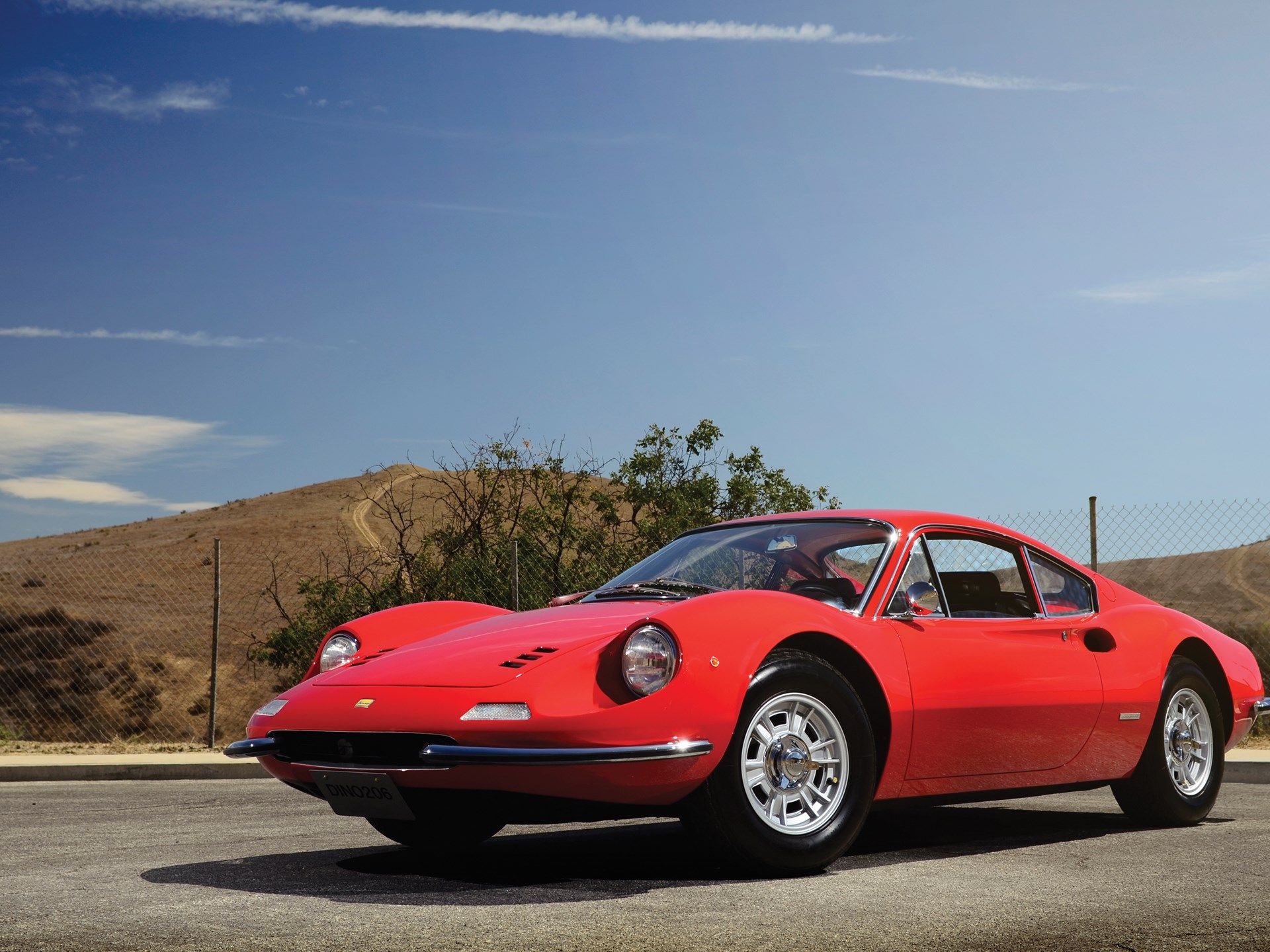
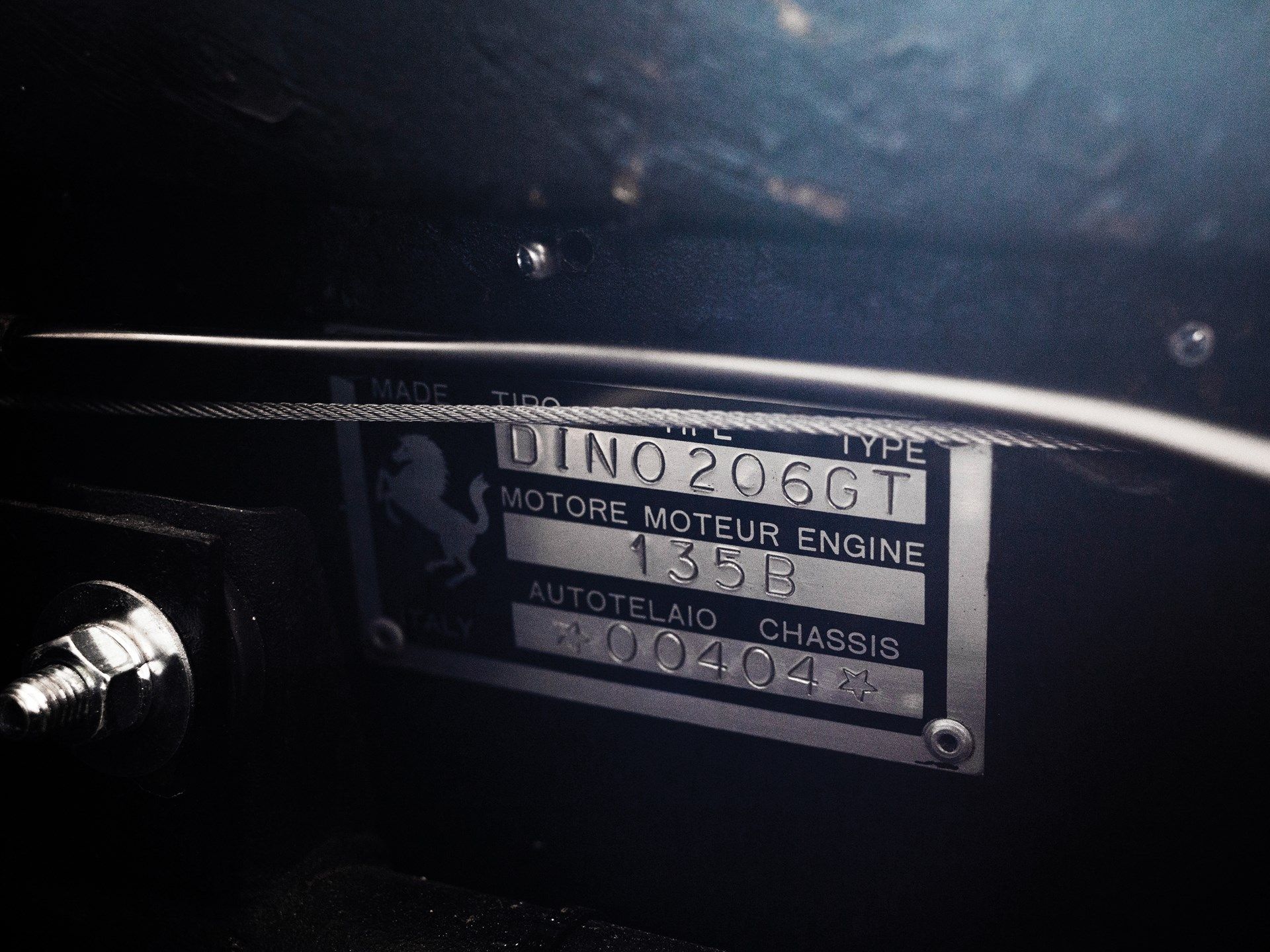
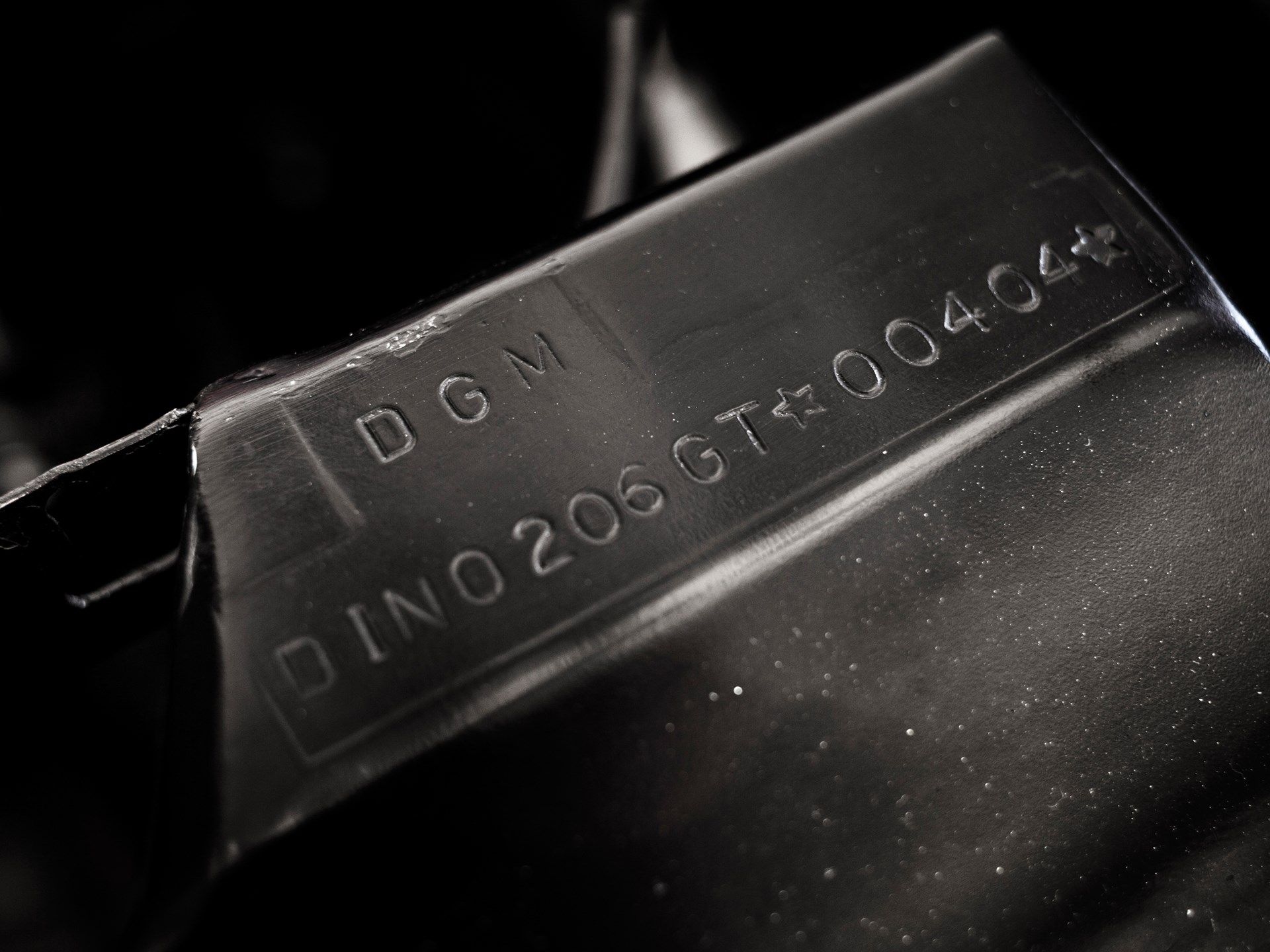
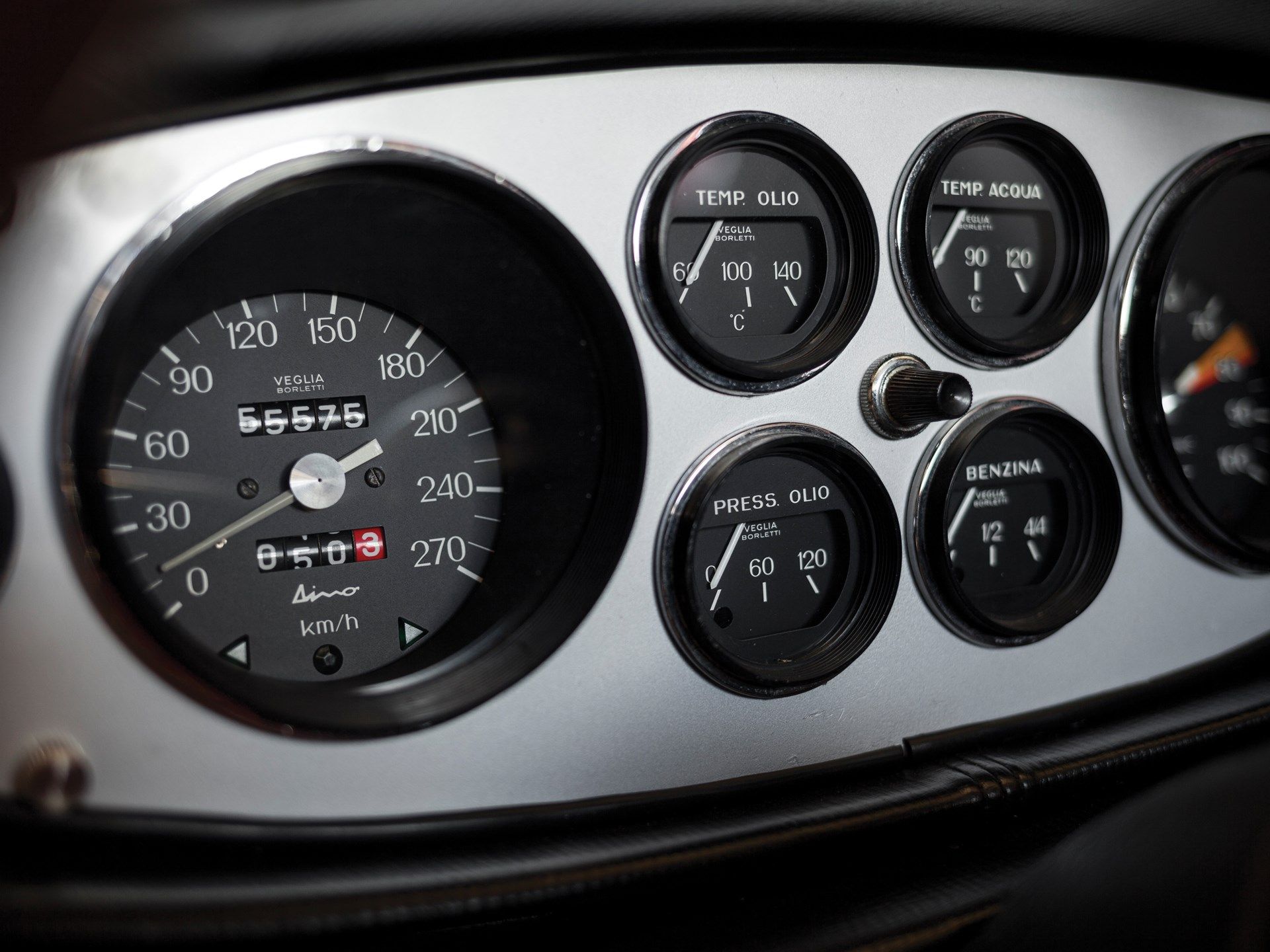
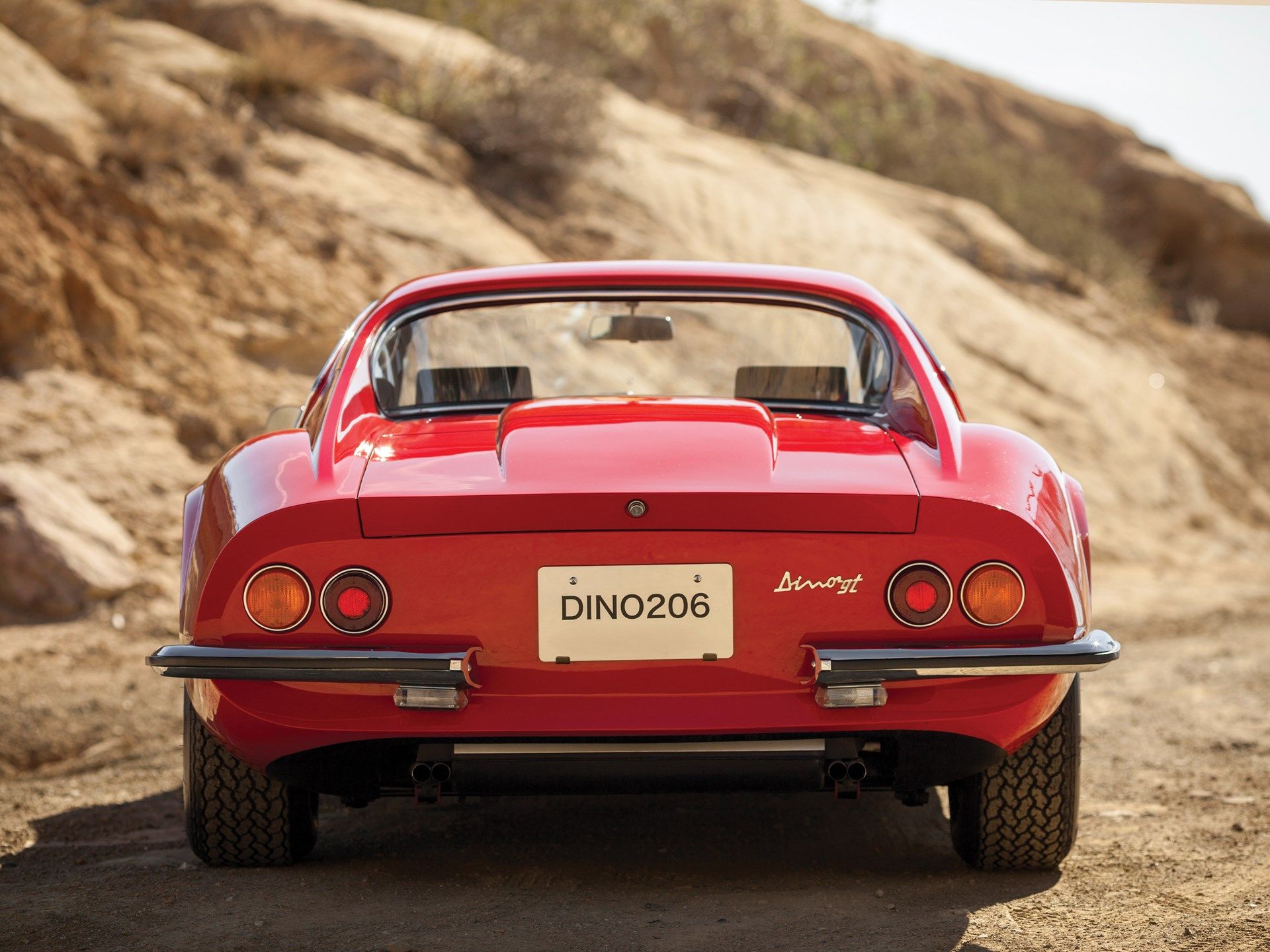
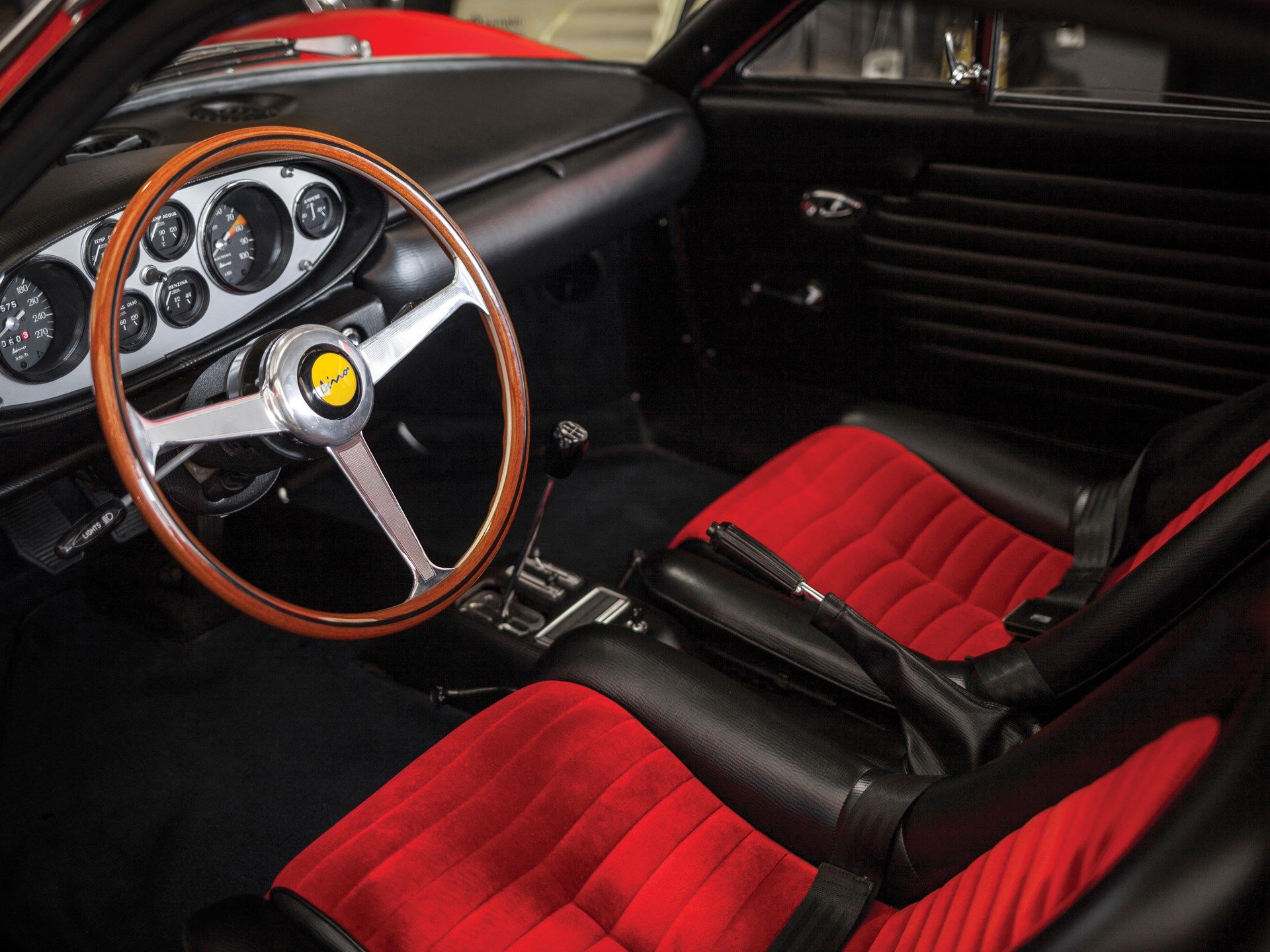
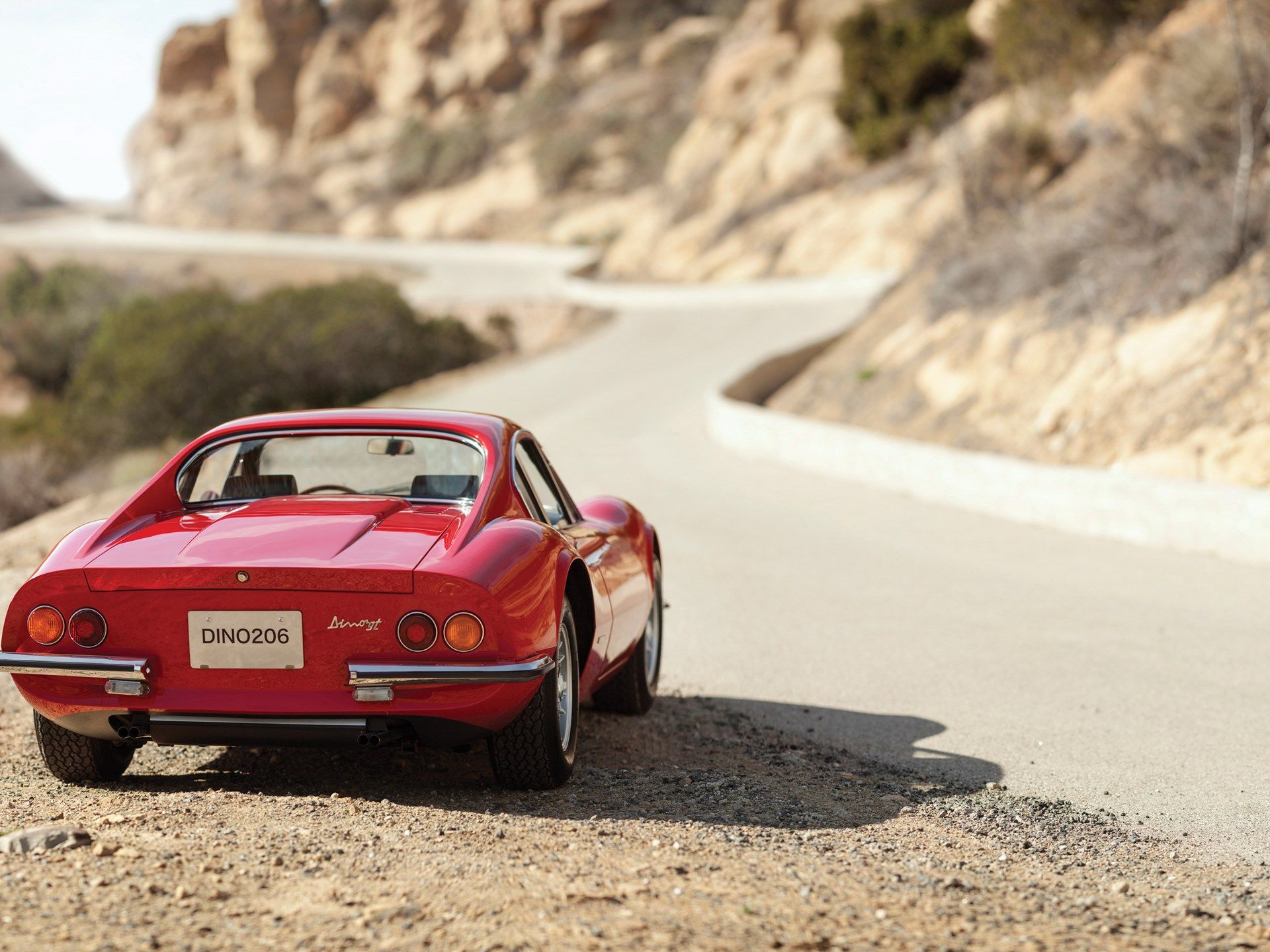
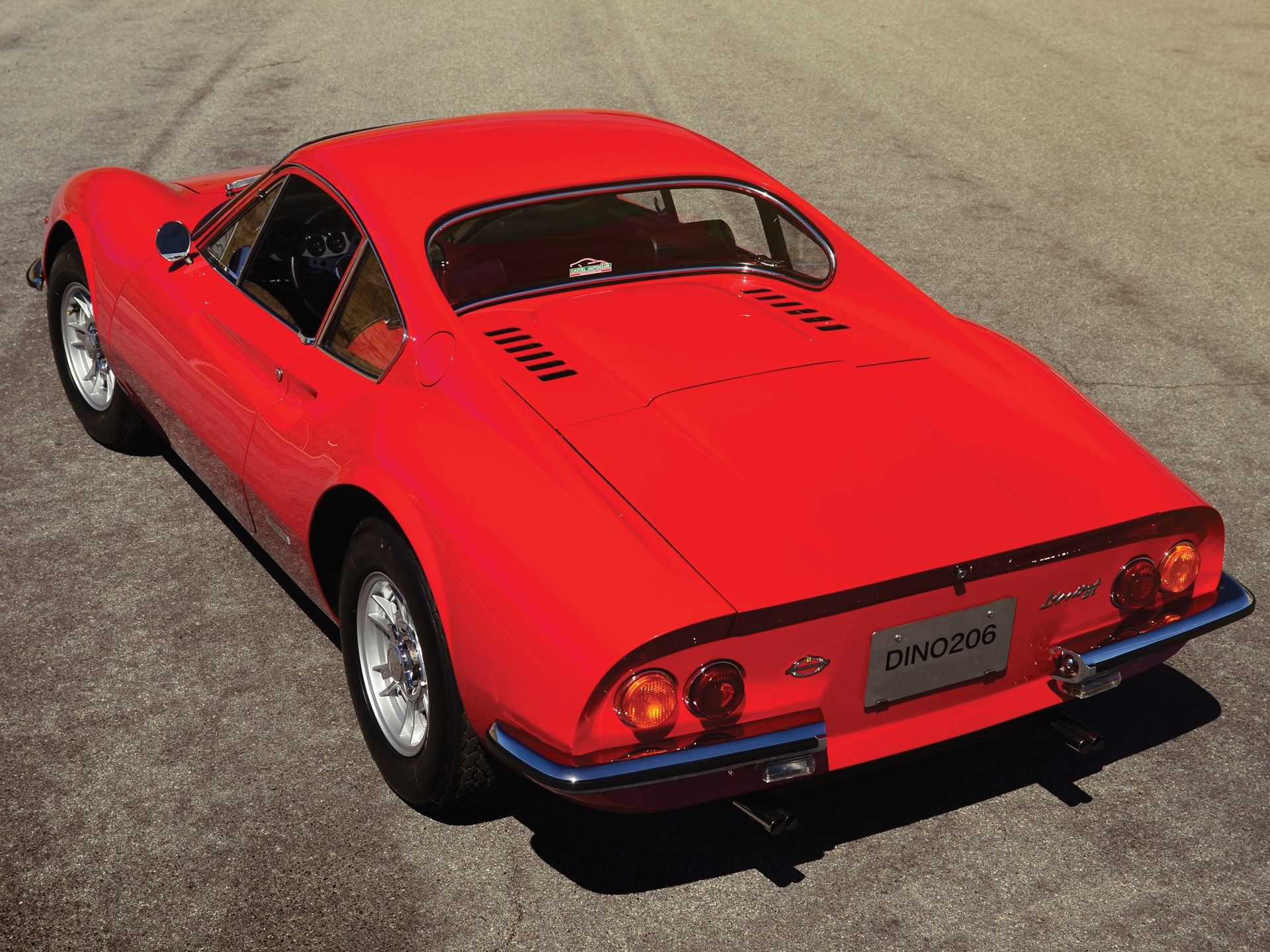
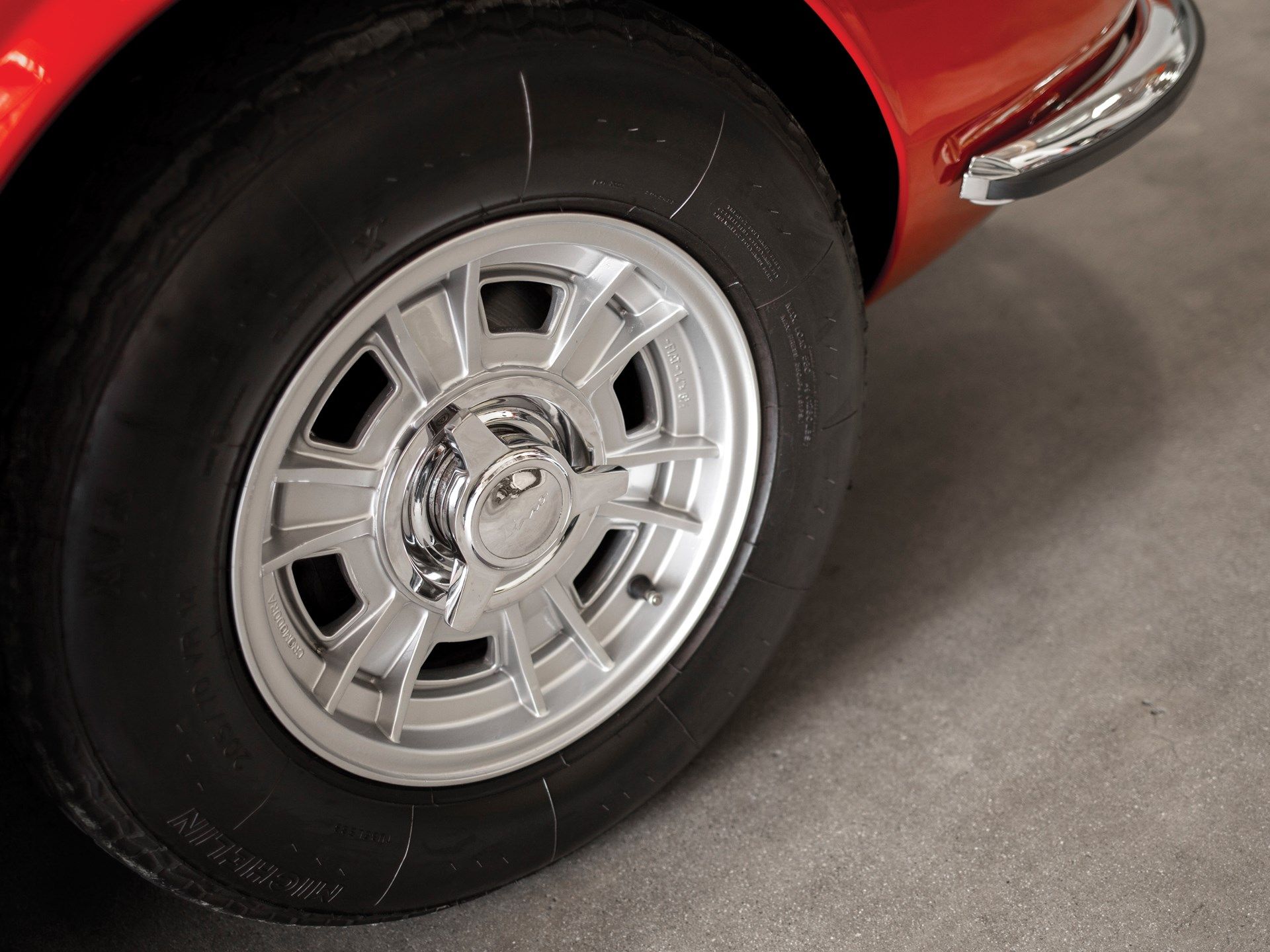
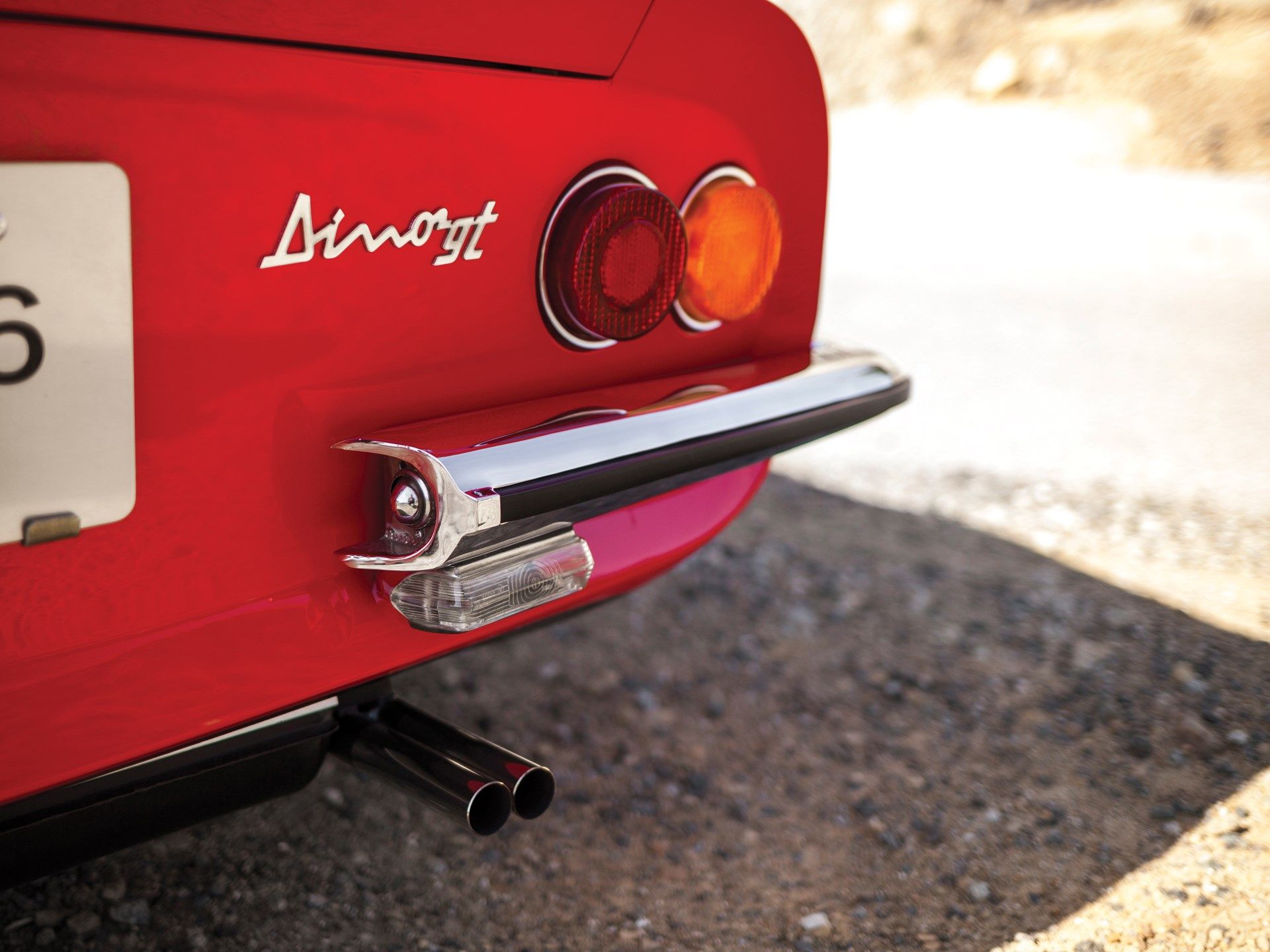
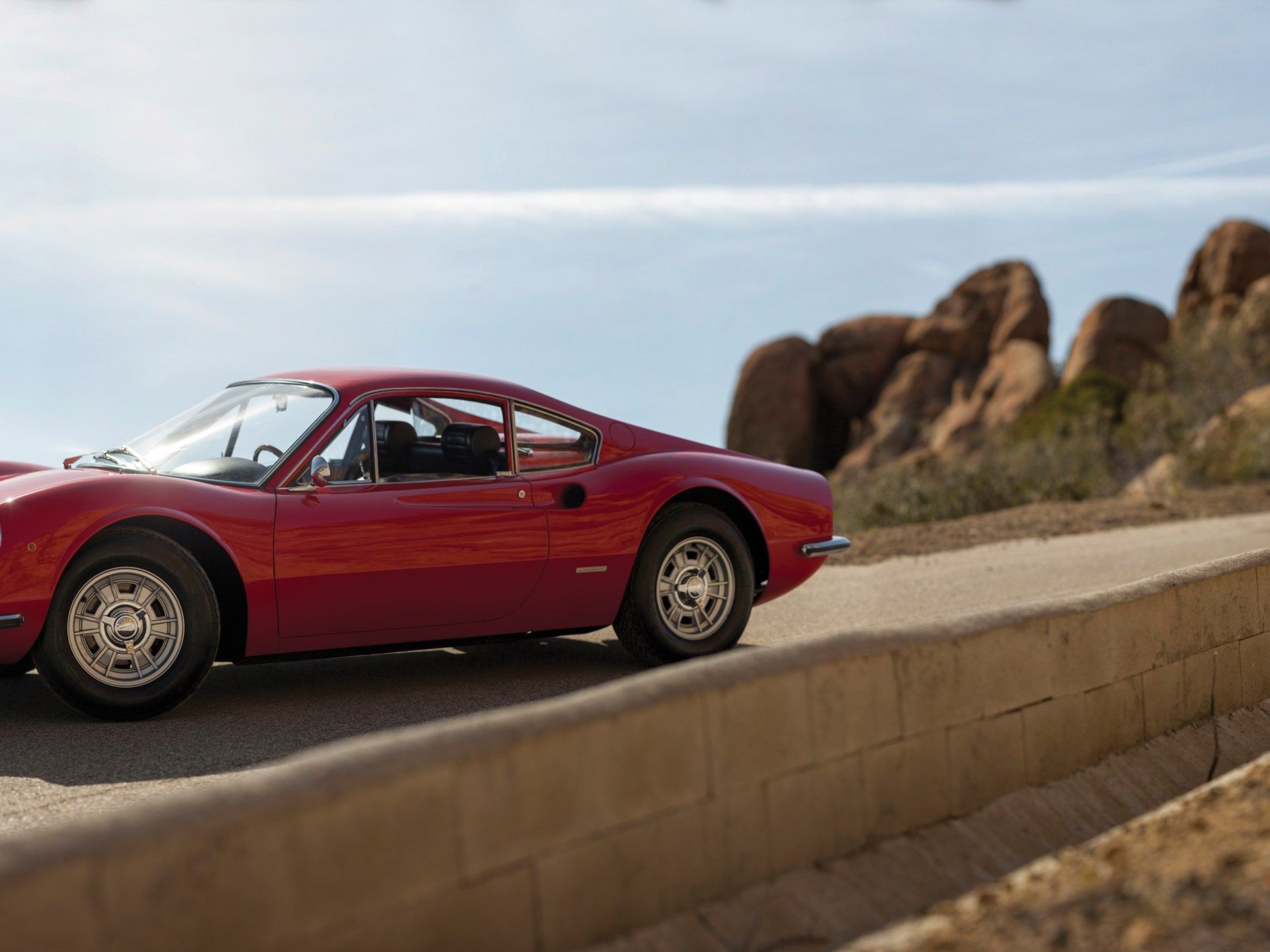
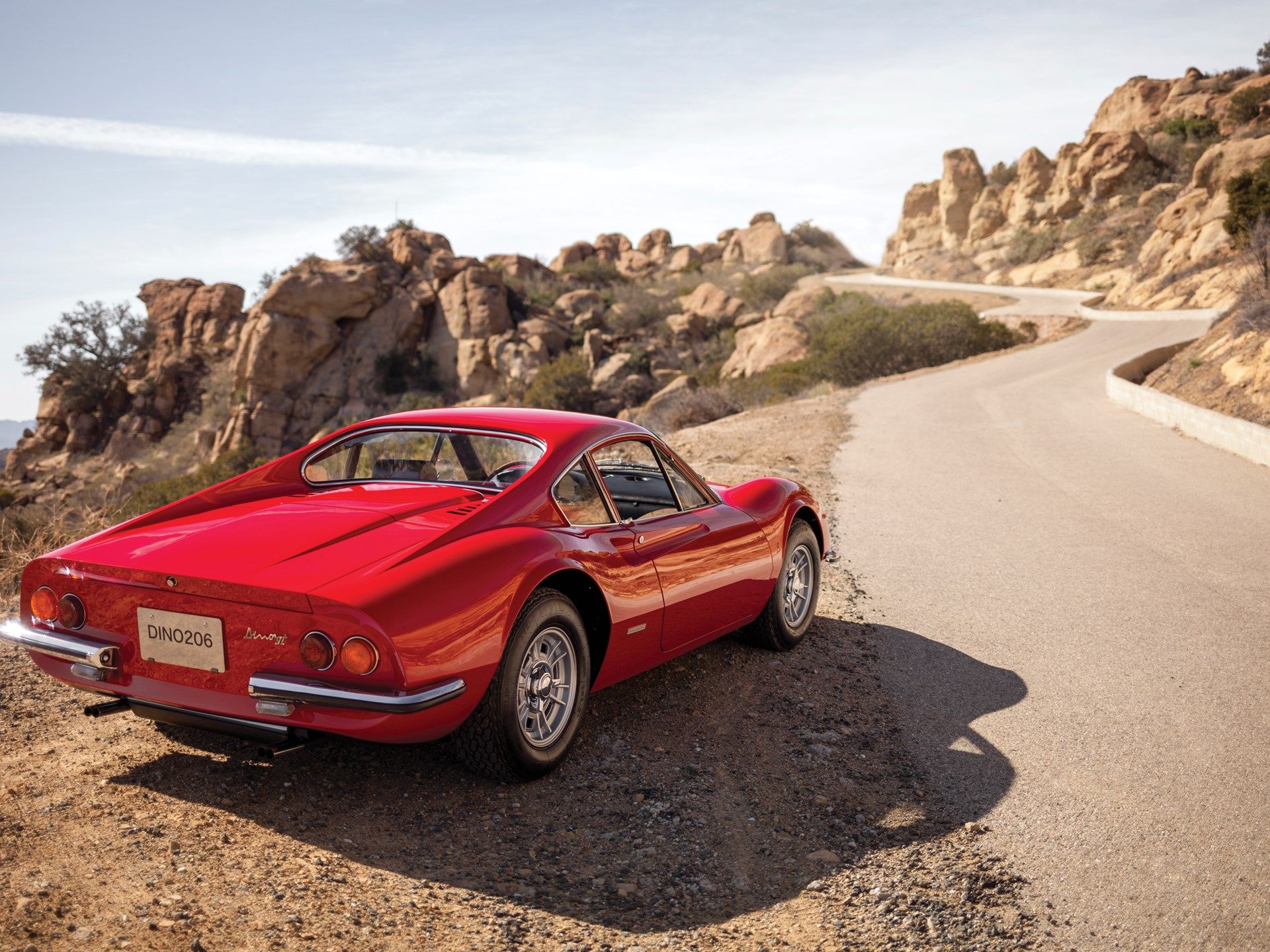
- Make: Array
- Model: 1968 - 1969 Ferrari Dino 206 GT
2010 Volkswagen E-Up! Concept









































- Make: Array
- Model: 2010 Volkswagen E-Up! Concept
- [do not use] Vehicle Model: Array
The production version followed in 1968 at the Brussels Salon. This version, Dino 206 GT was produced from 1968 to 1969, and within almost nine-month production period, around 150 examples were built, all of which were left-hand drive.
The Dino 206 GT was built on a 2,280 mm wheel base chassis and used a V6 1,987 cc engine with a 65o configuration, with chain-driven, twin overhead camshafts per bank. With a total output of 180 hp at at 8000rpm, the car was capable of a top speed of 140 mph.
The car featured a traditional tubular steel chassis with the engine mid-transversely-mounted, this having been the first time such a configuration had been used on a road-going Ferrari. The 206 GT was also the first Ferrari to use direct rack and pinion steering. Suspension was via coil springs with telescopic Koni dampers, anti-roll bars being fitted front and back along with disc brakes and knock-off Cromodora alloy wheels.
The smooth, rounded body style – full curves of the front wings flowing into the cabin with its scalloped door panels, then into the curves of the rear wings and buttressed sail panels, terminating abruptly in a Kamm tail –drew universal praise. The shape is still widely regarded as a design classic. Unusually for the time, as most Ferrari models were built with steel bodies and aluminium opening panels, the Dino 206 GT had a full aluminium body. The tail panel carried a pair of circular lights at each side, also a feature of the 365 GTB4 ‘Daytona’, which was presented around the same time. Similarly, the two cars shared a very similar aluminium-faced, oval instrument panel that featured black-faced circular dials.
At its launch Dino was described by the specialist as "Tiny, brilliant, safe...almost a Ferrari."

